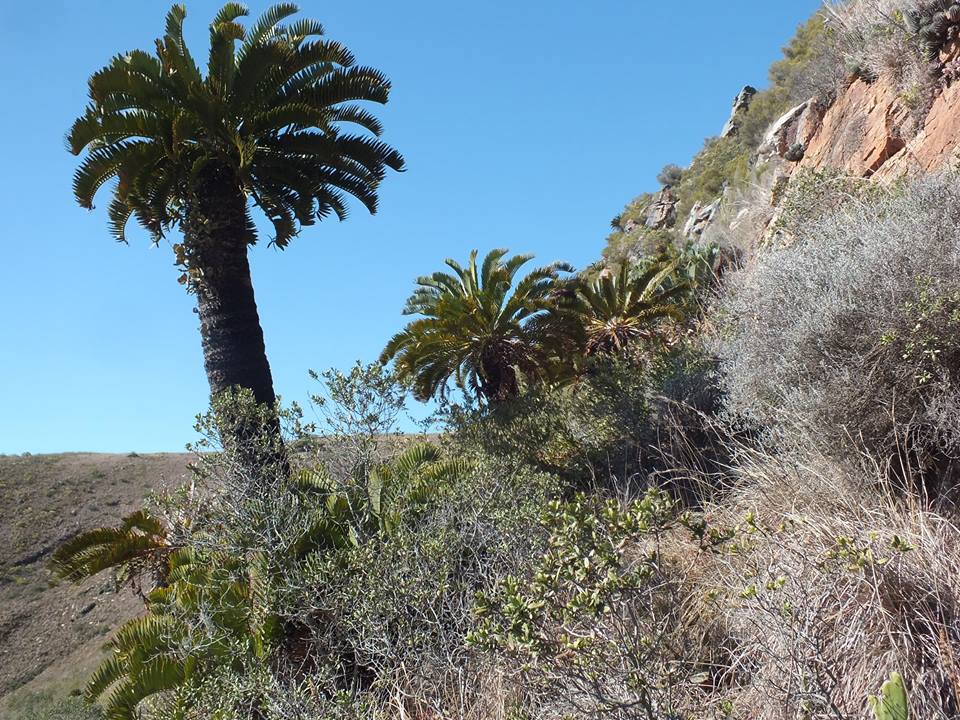Kaboega is located in the Zuurberg Mountains north of Port Elizabeth in the Eastern Cape province of South Africa. Read more about this in Haworthia Update Volume 1, Chapter 5:- The Haworthias of Kaboega. There are a mind-boggling array of Haworthia populations here in an area considered to be the meeting point of several vegetation biomes. There is much exposed rock, and the soil is very skeletal, composed of three major groups: sandstone, mudstone, and glacial deposits. These pictures are of a Haworthia cooperi variant that occurs high up on sandstone. I went to this spot because researchers had sent me a picture of a cycad festooned with Haworthia. I did not get to the exact spot but have seen the way it forms hanging bundles in other situations.

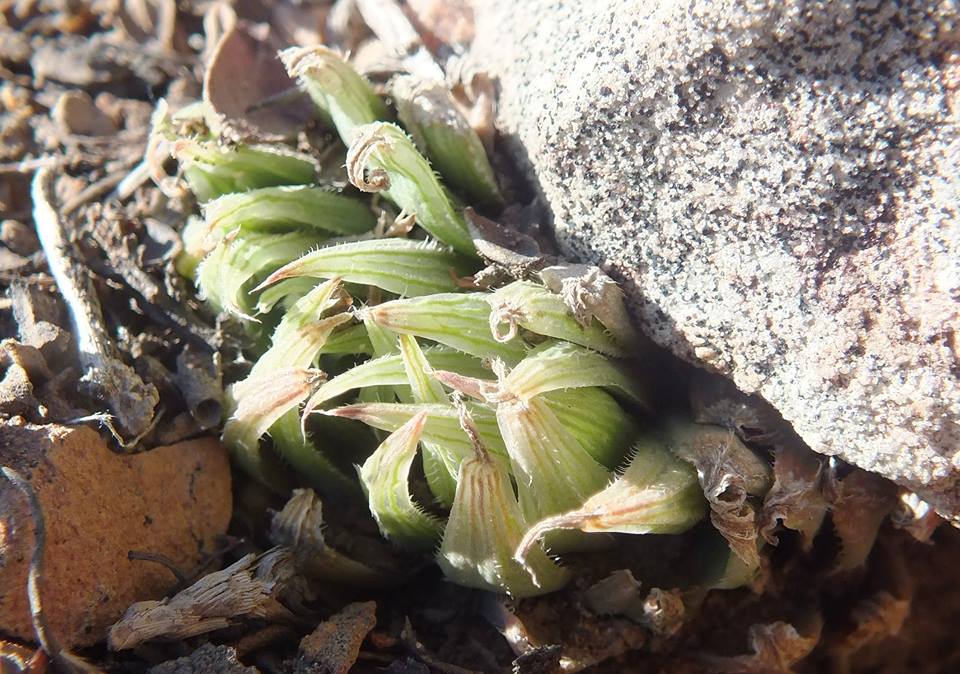
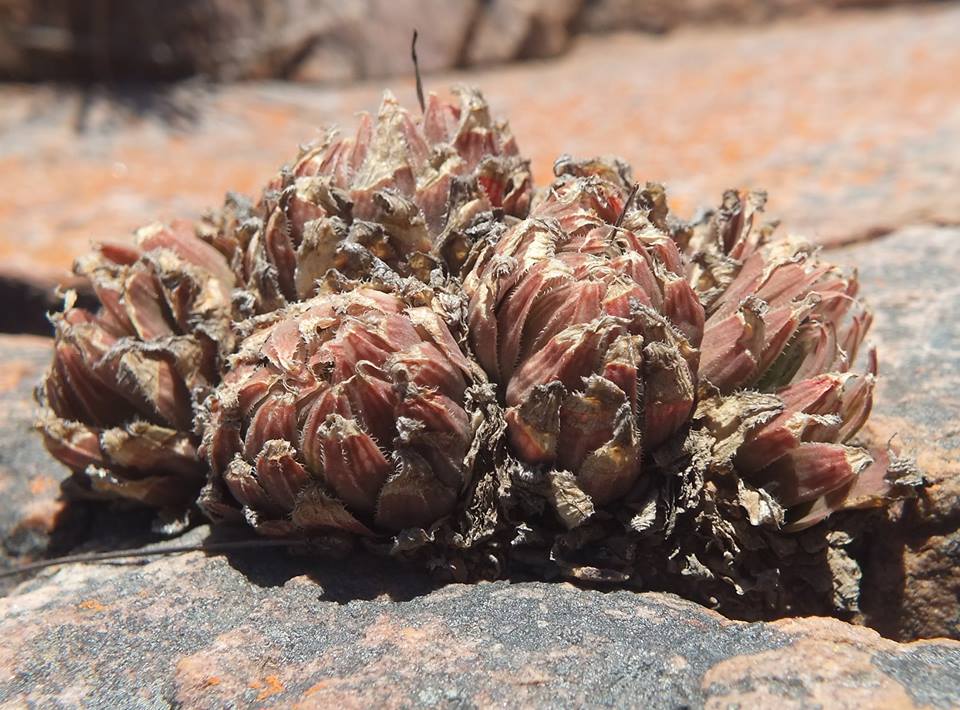
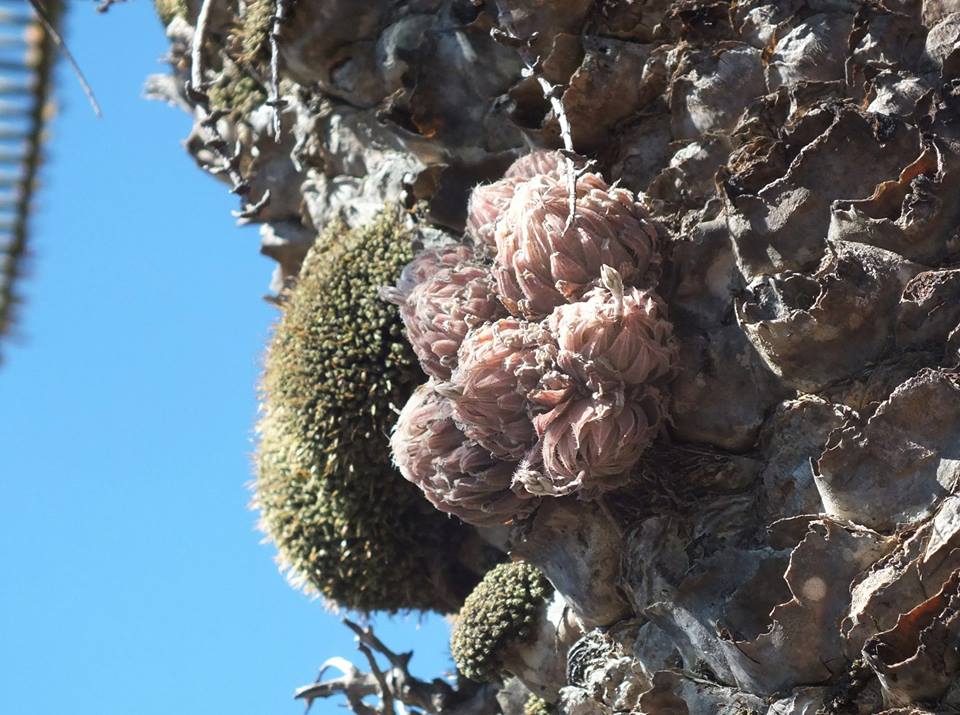
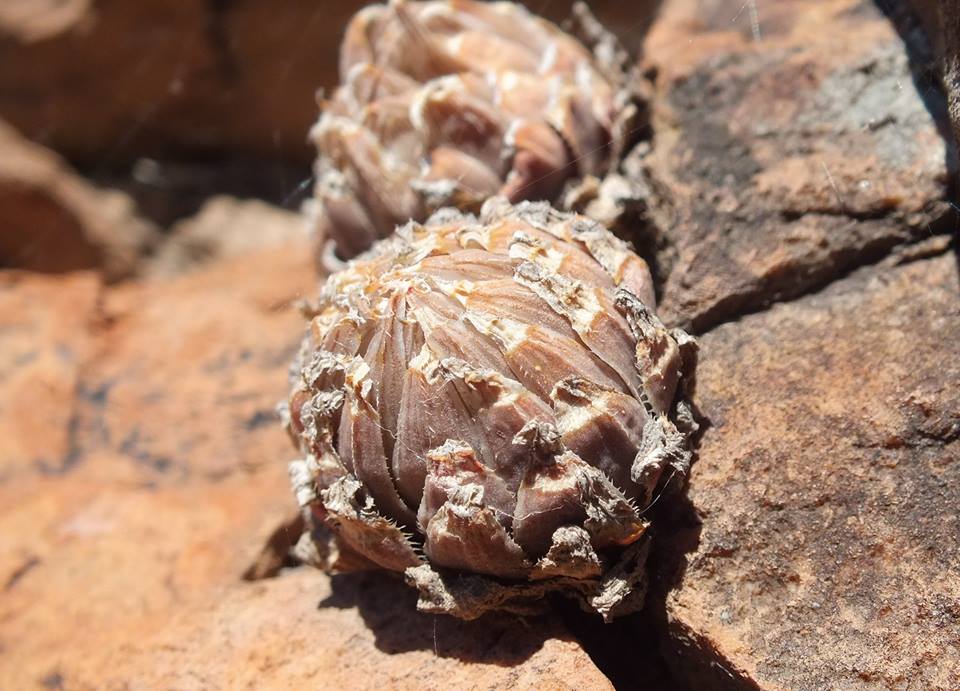
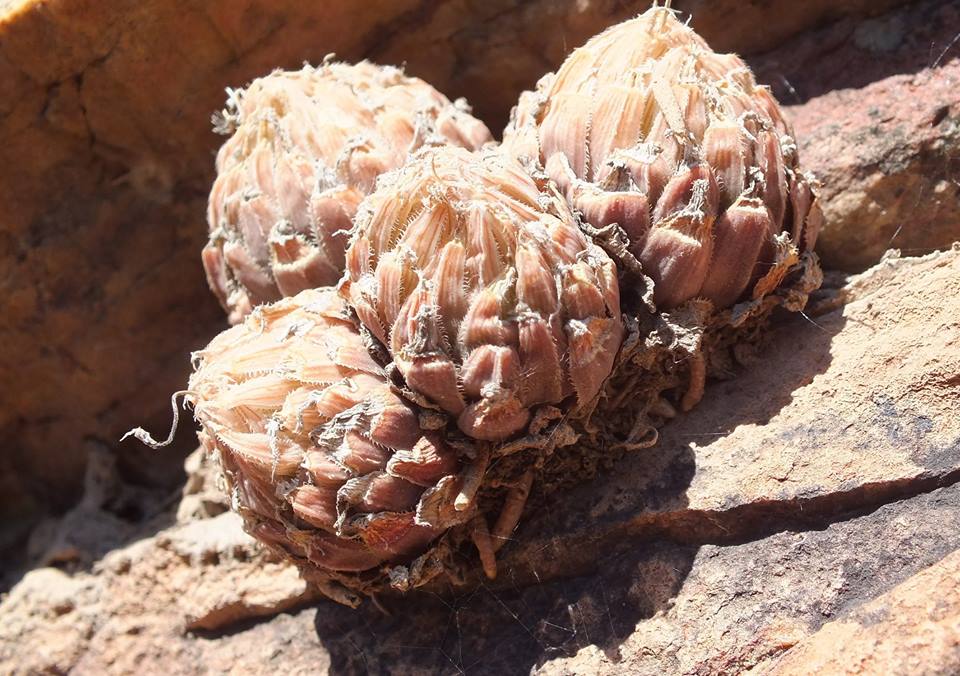
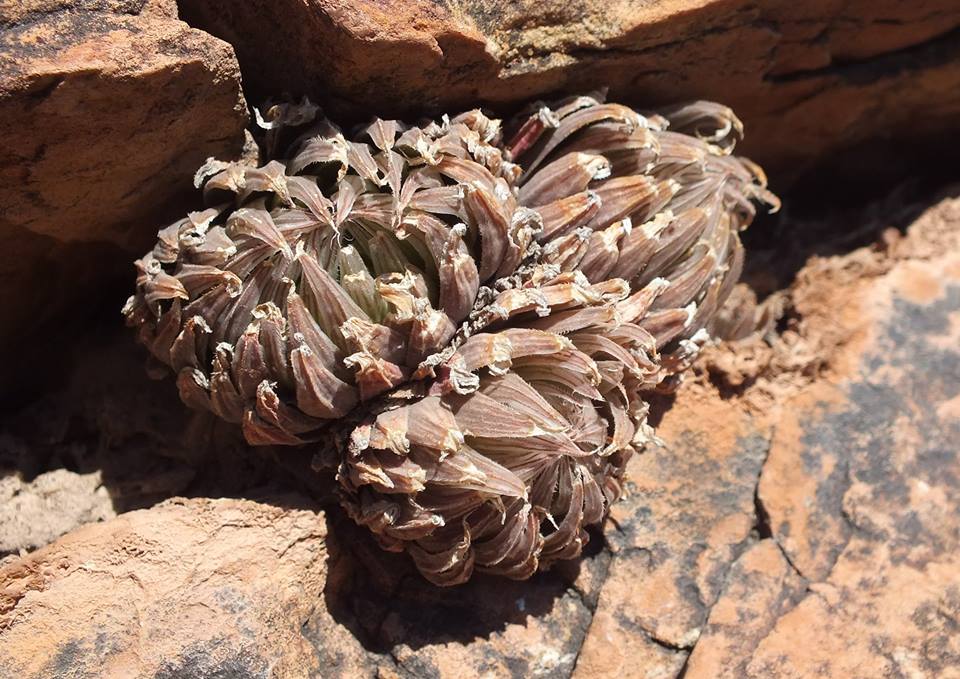
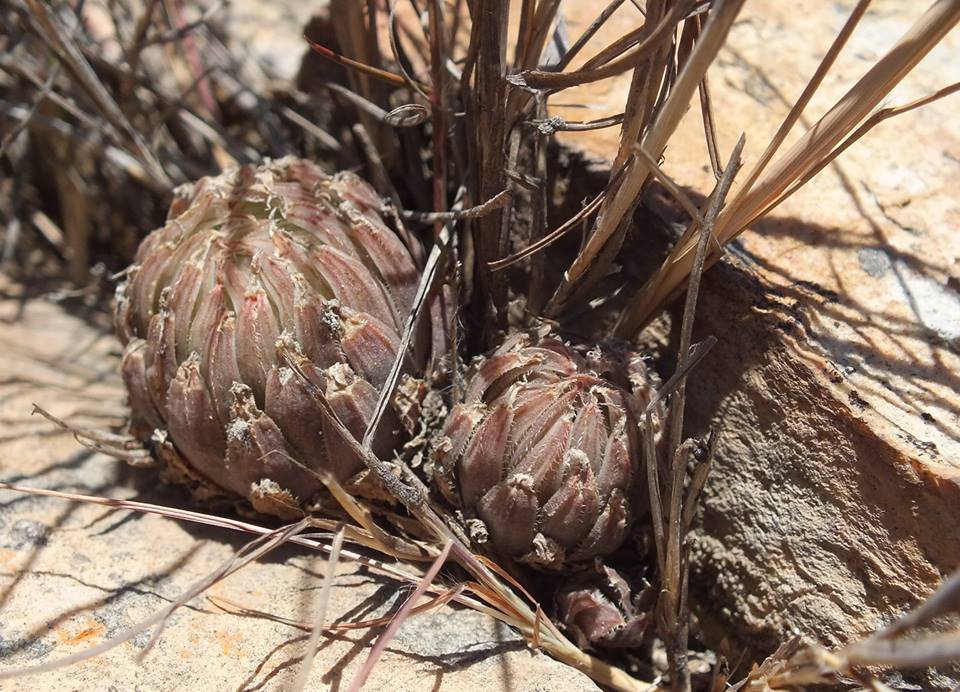
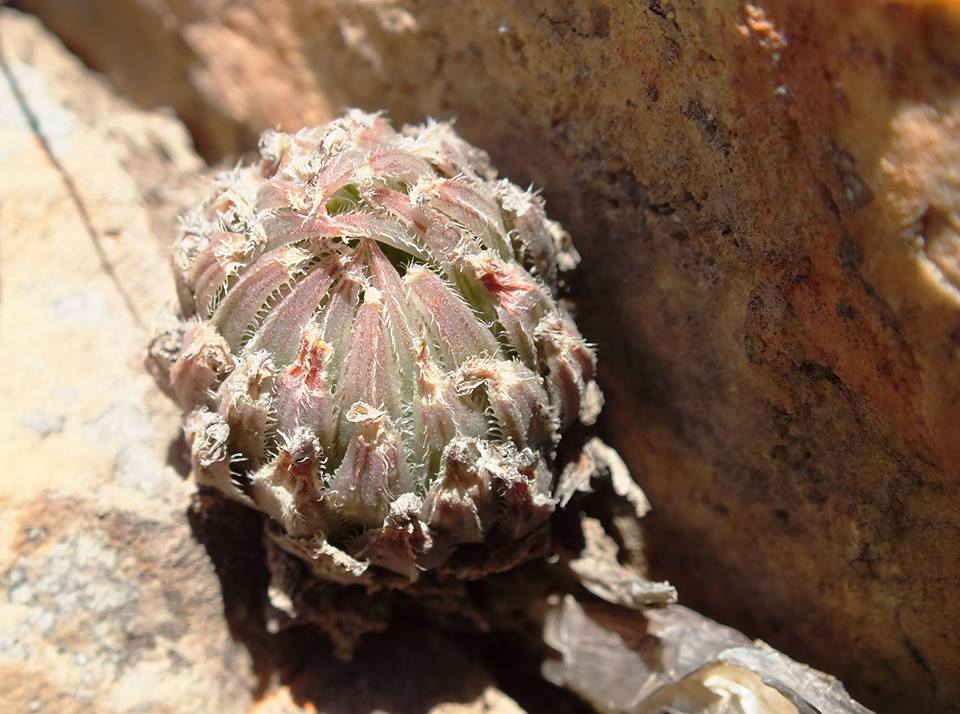
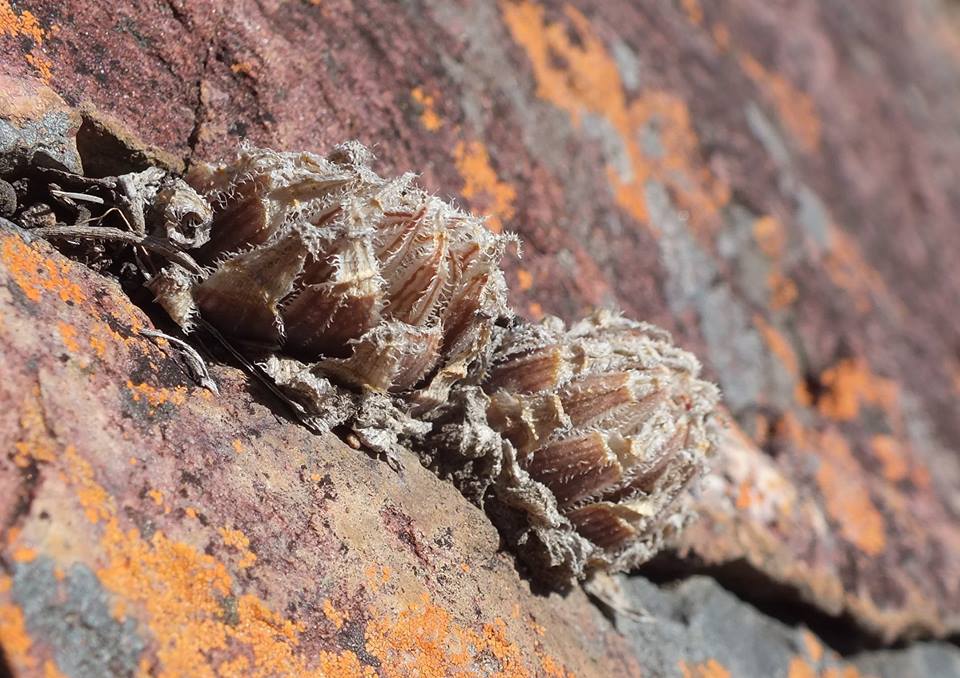
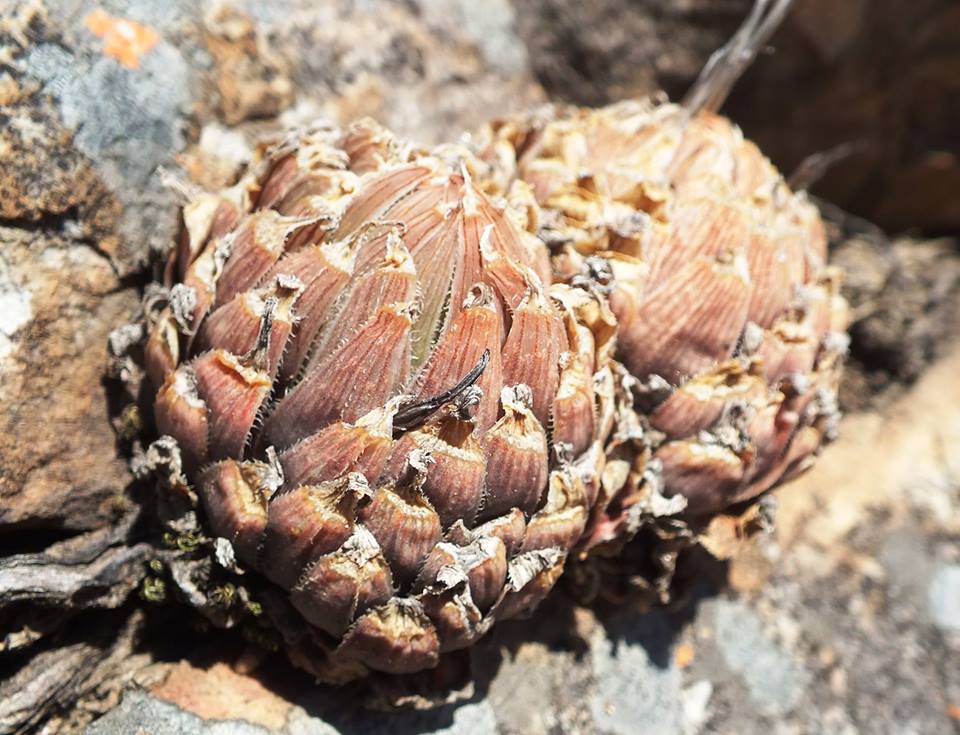
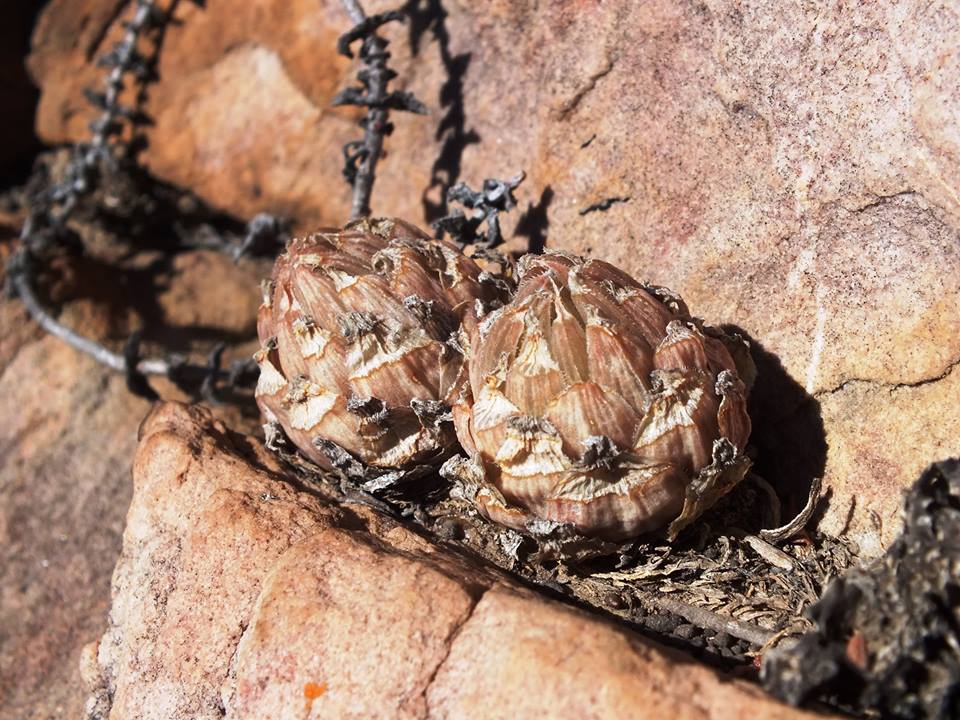
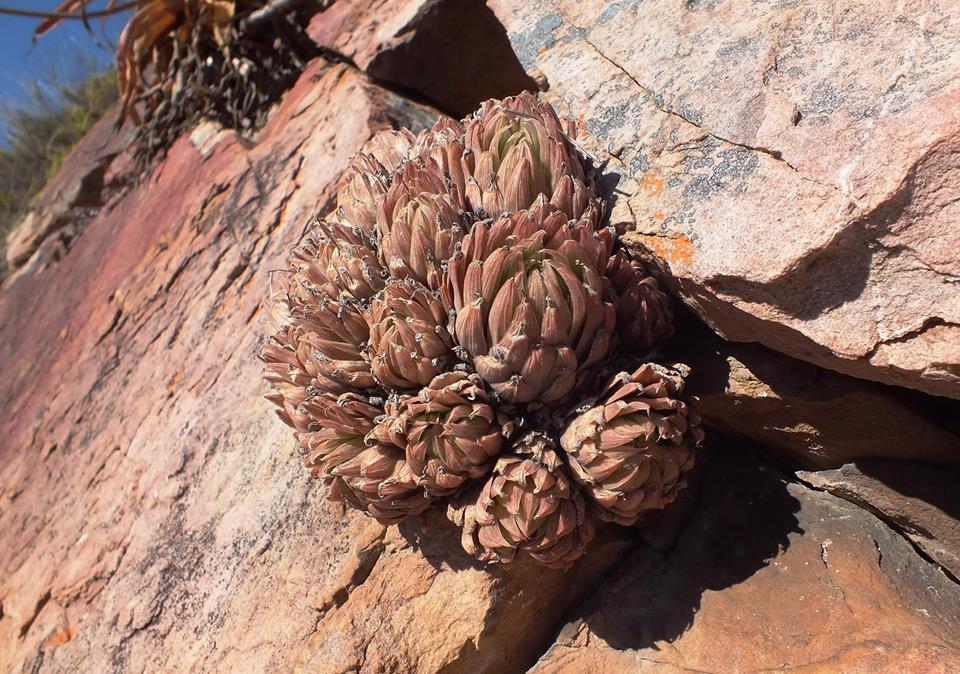
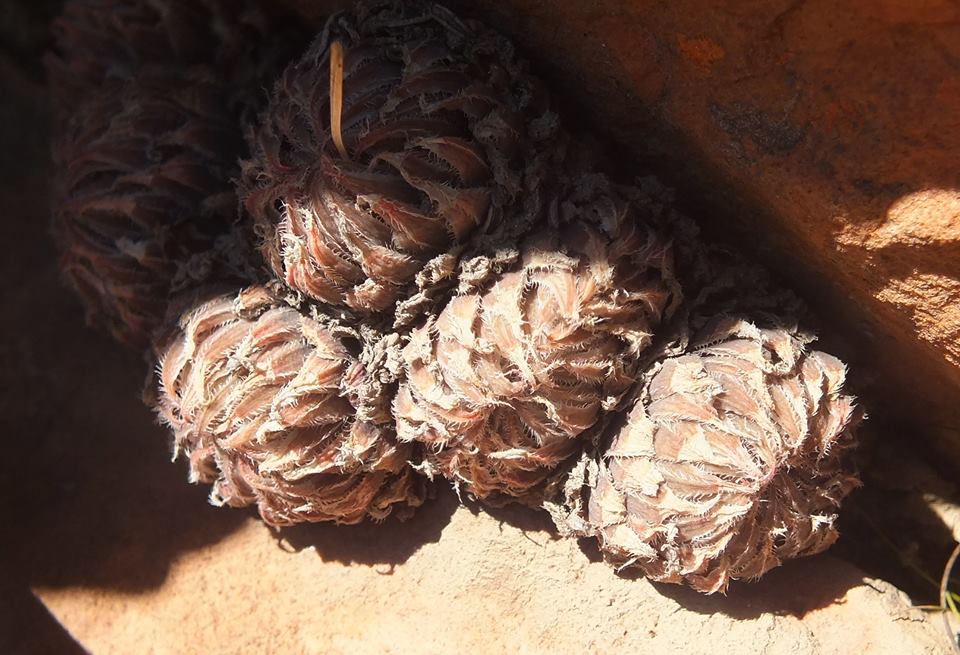
Haworthia glauca!! can also be found here. On Kaboega these plants often have a very close resemblance to H. coarctata and it is no co-incidence that the distributions of these two species complement each other. An essential element of species recognition is their juxtaposition and if they occur in very close association or not. Darwin said as much.
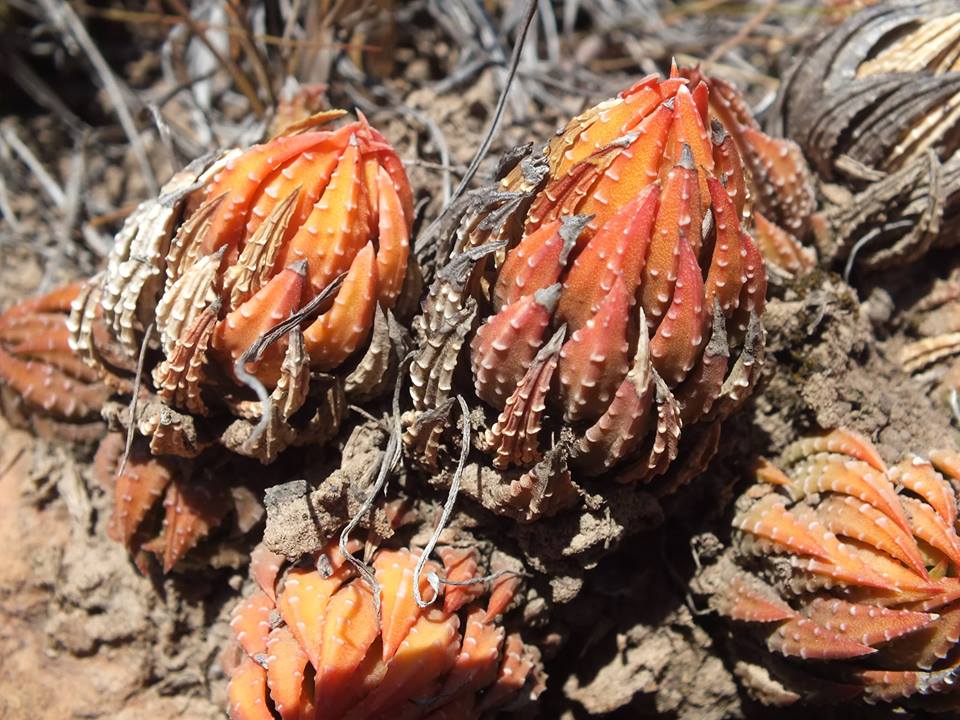
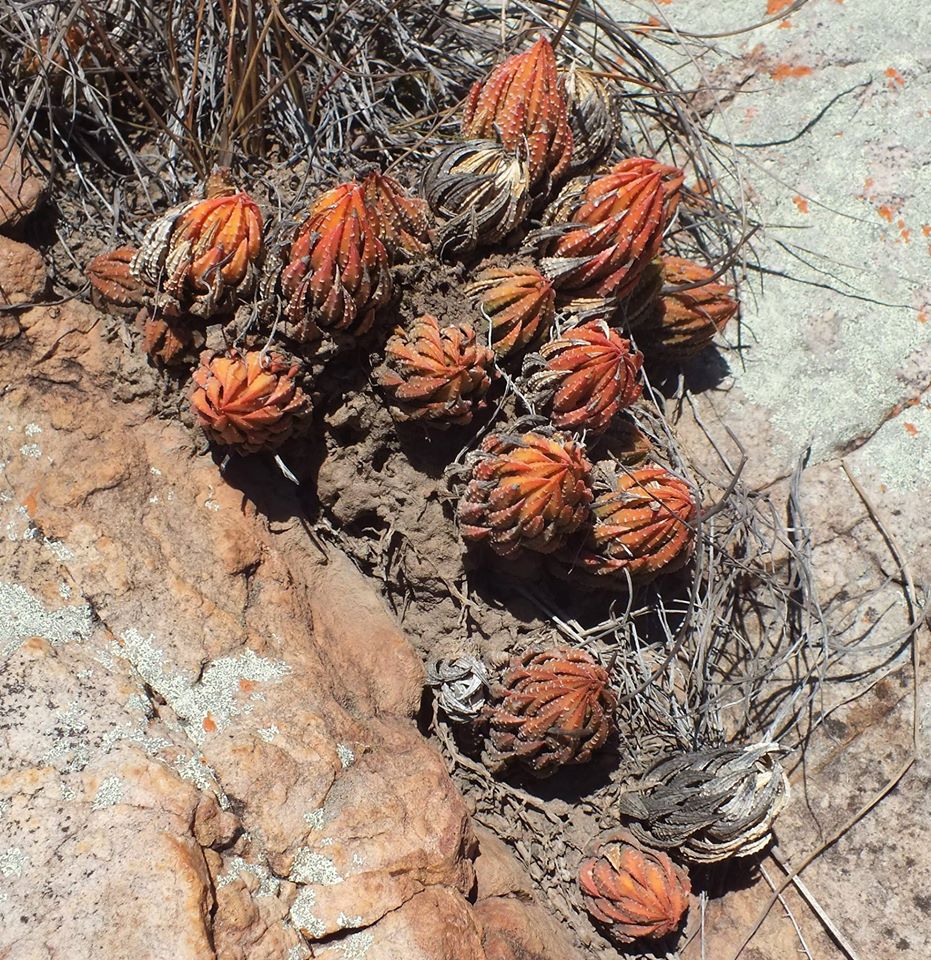
I visited four populations of this greenish cooperi. One can find plants like this from east of Grahamstown right through to the Little Karoo. Here they are on Dwyka (glacial) skeletal soil.

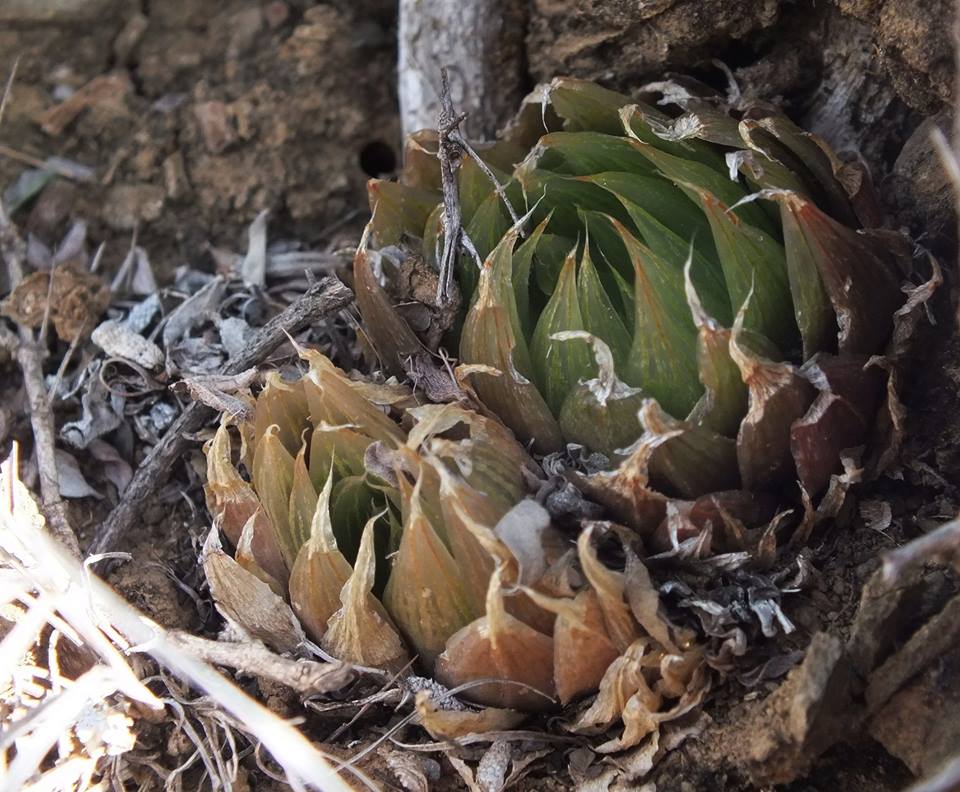

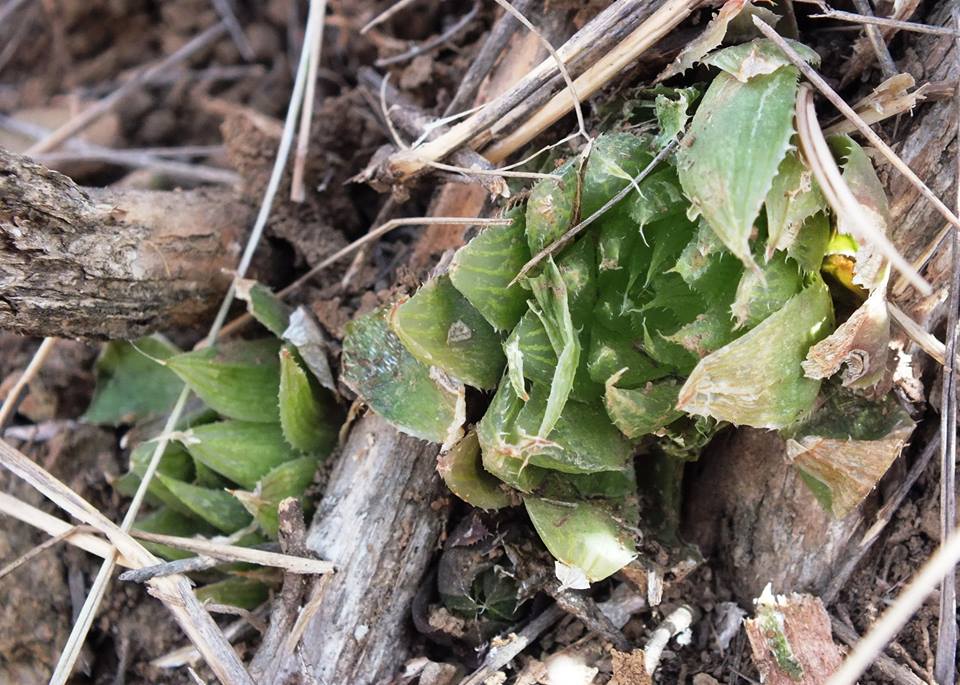

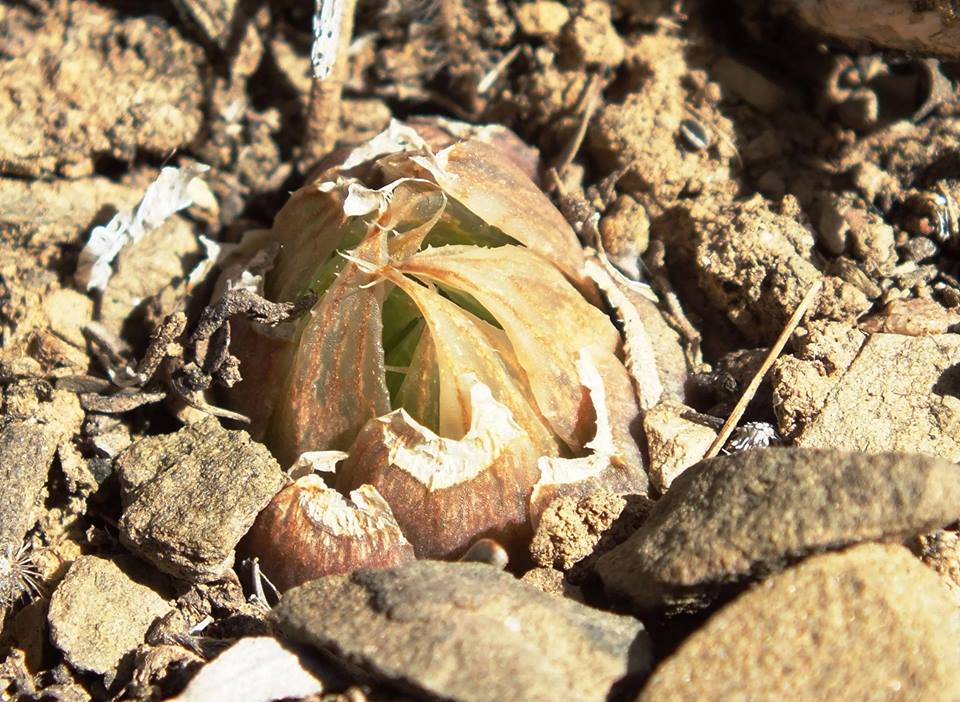
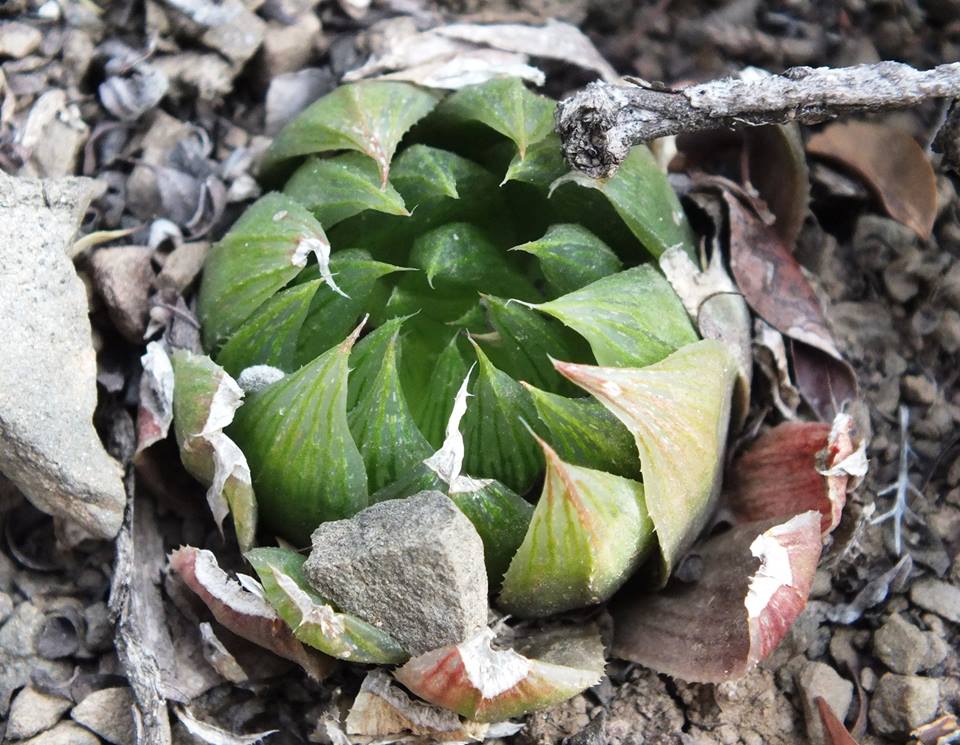
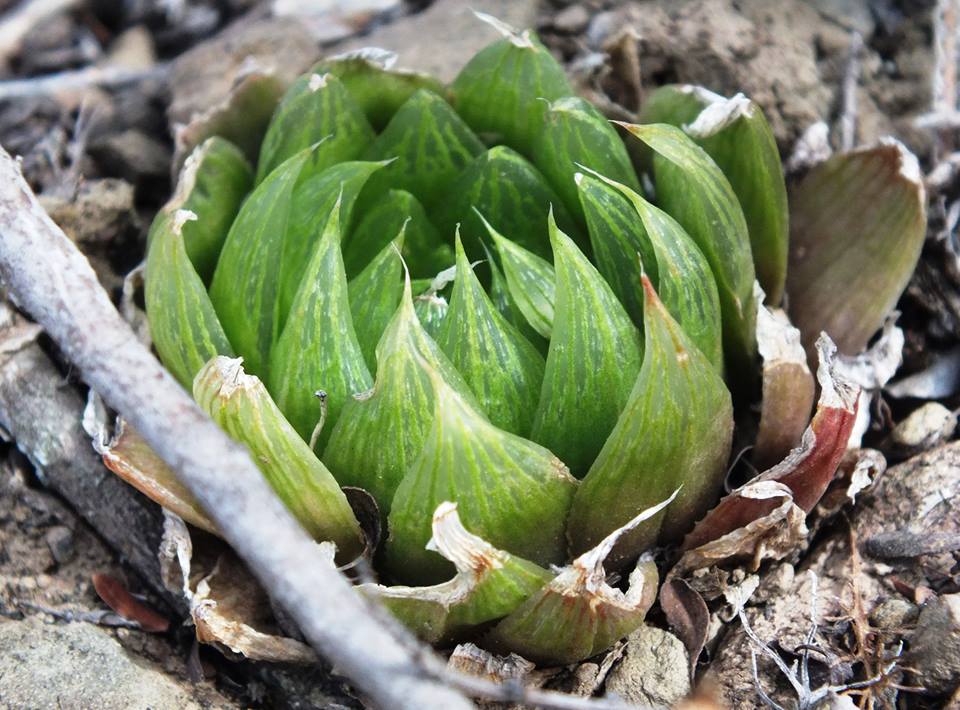
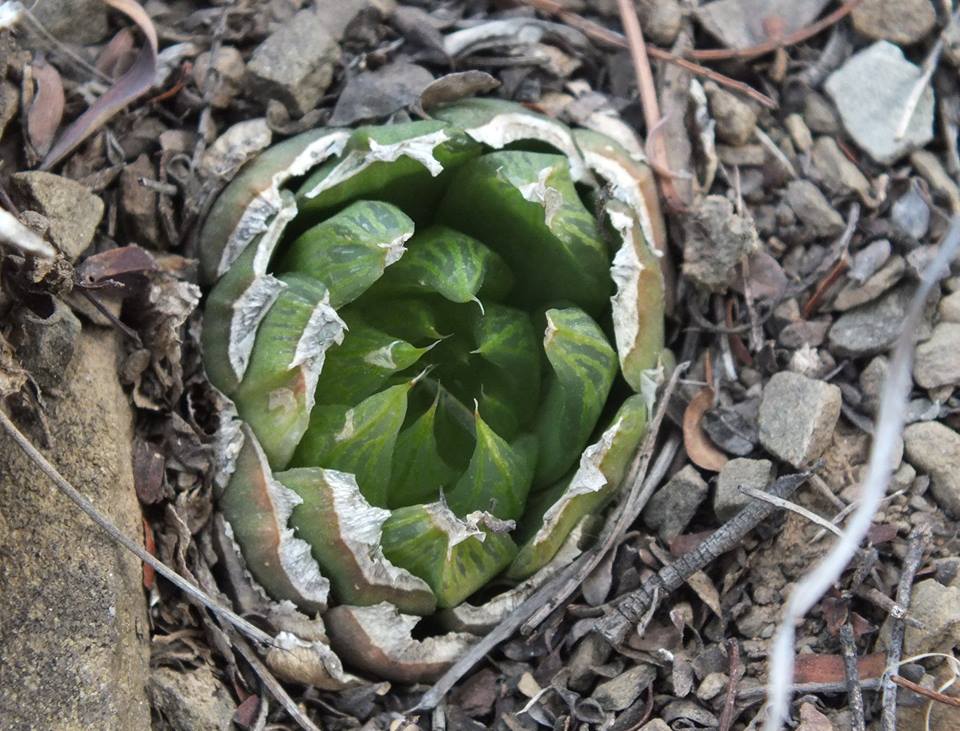
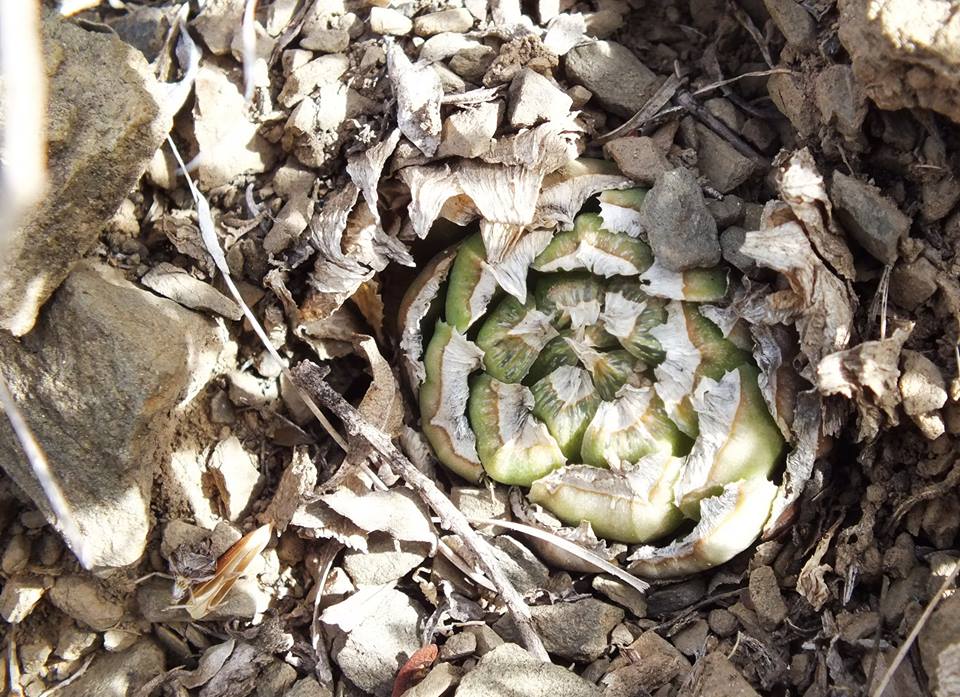
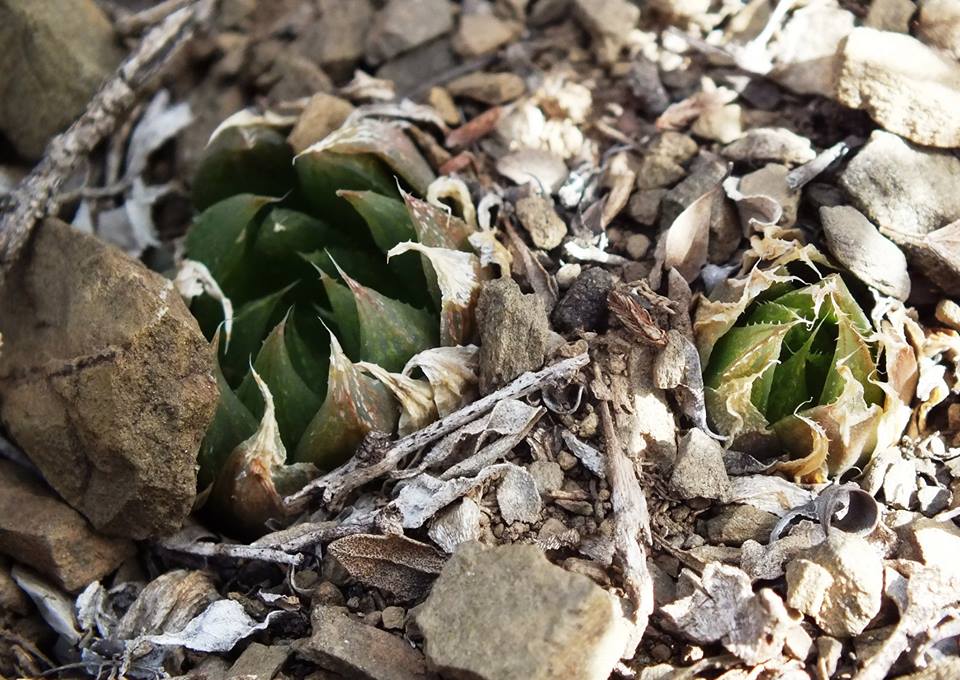
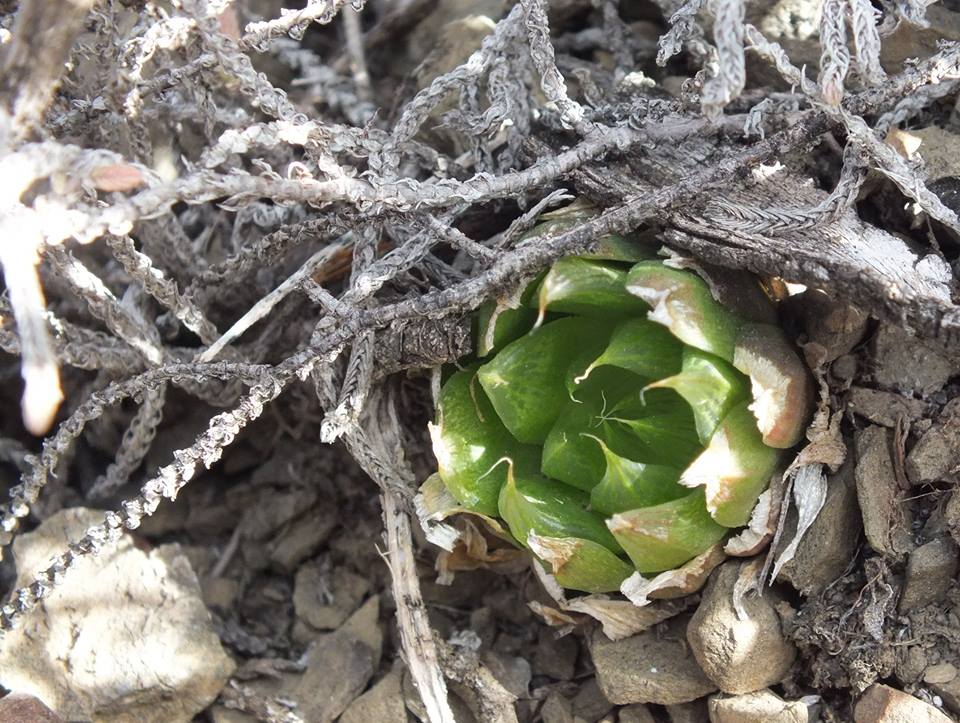
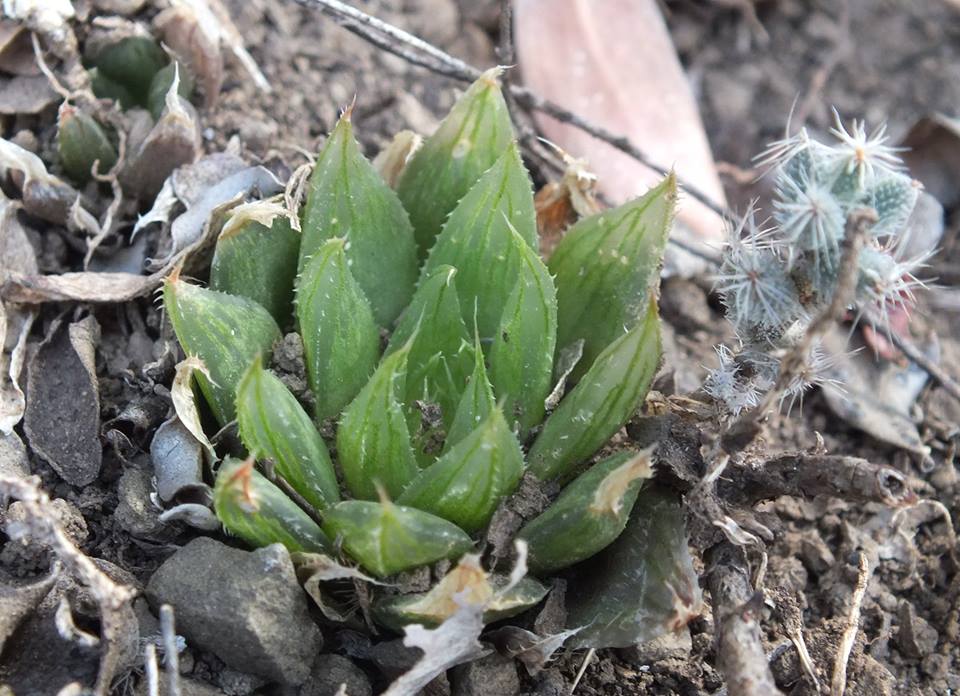
These next are in the shales low down in the valley on Kaboega – I name it H. aristata. It is very common in the area but complements H. cooperi while there are populations that are neither. Populations cannot be treated in isolation and there is a distinct possibility/probability that I have been too generous with species. The attempts to find answers via DNA sequencing should make the vendors of that technology thoroughly ashamed.
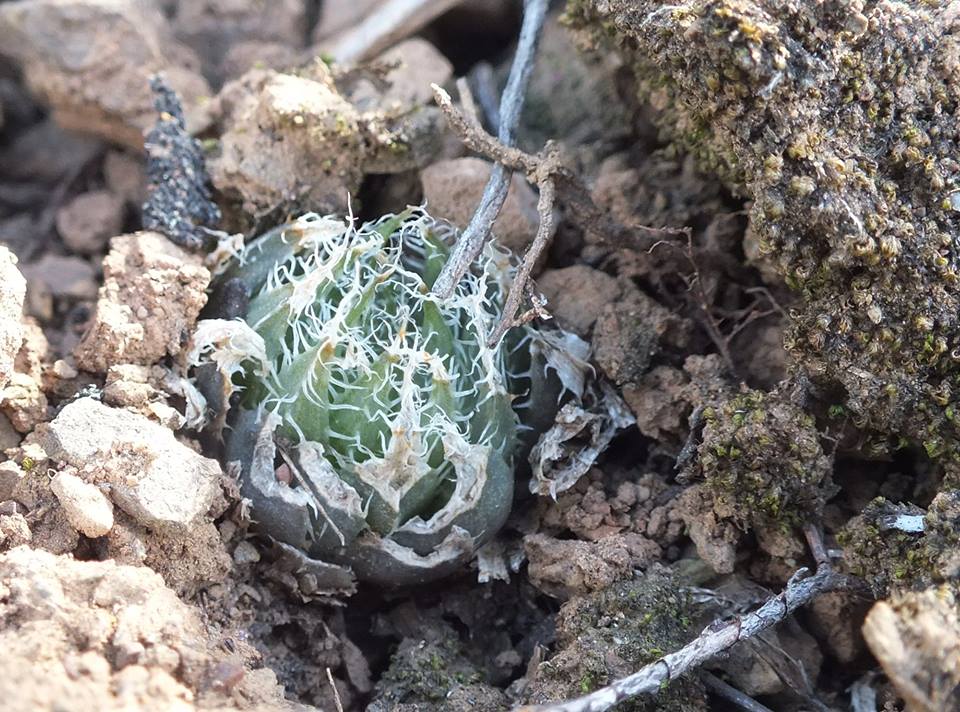
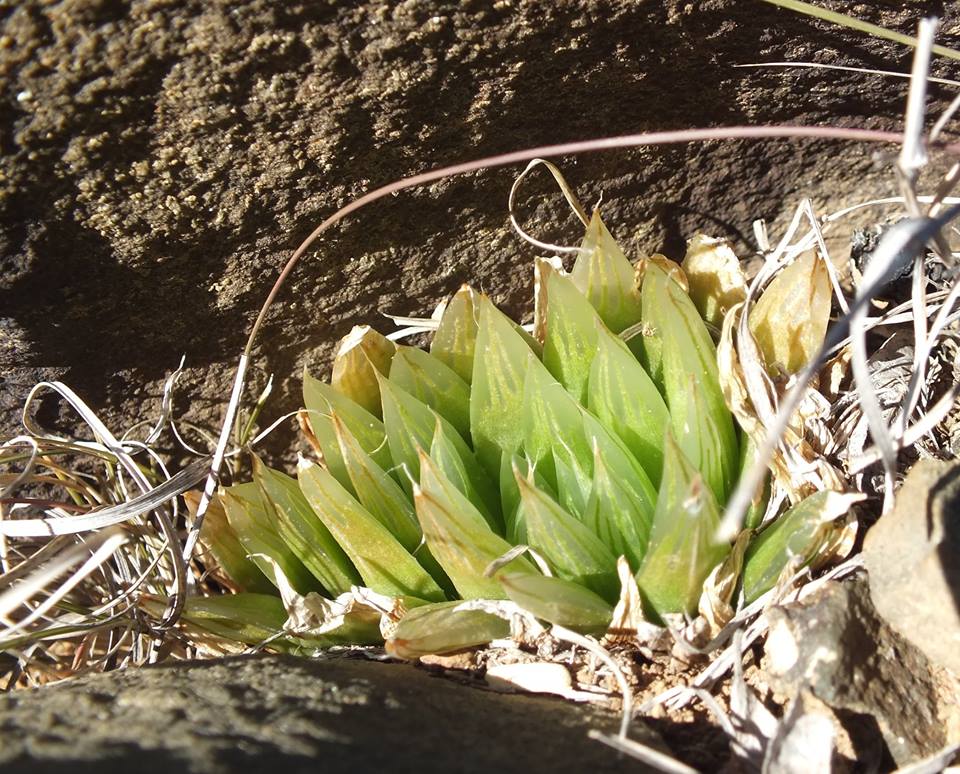
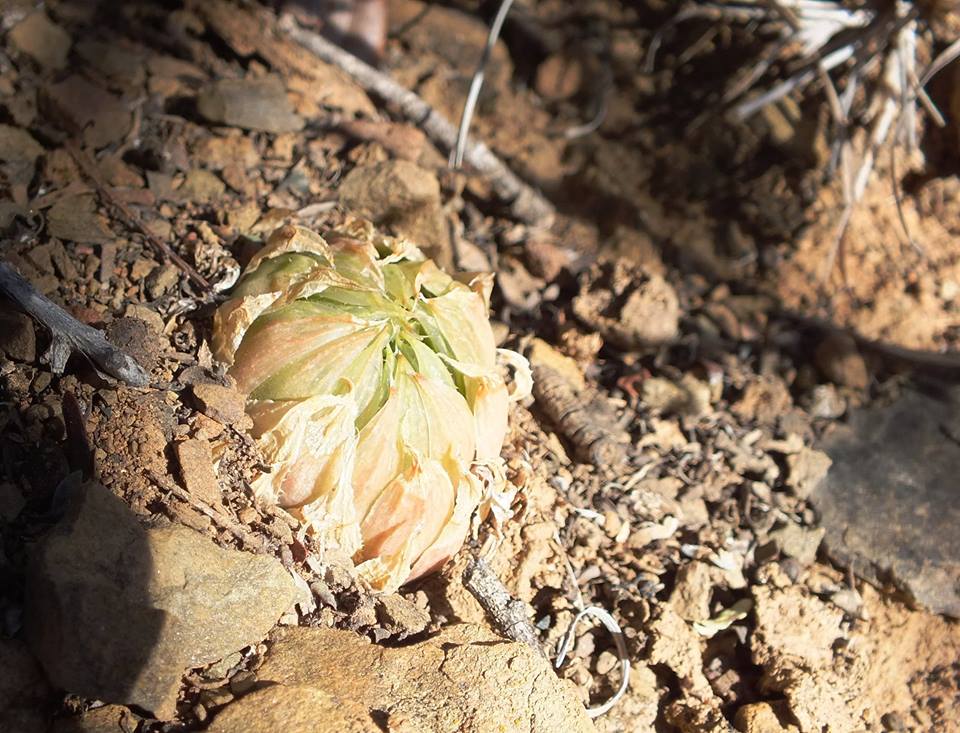
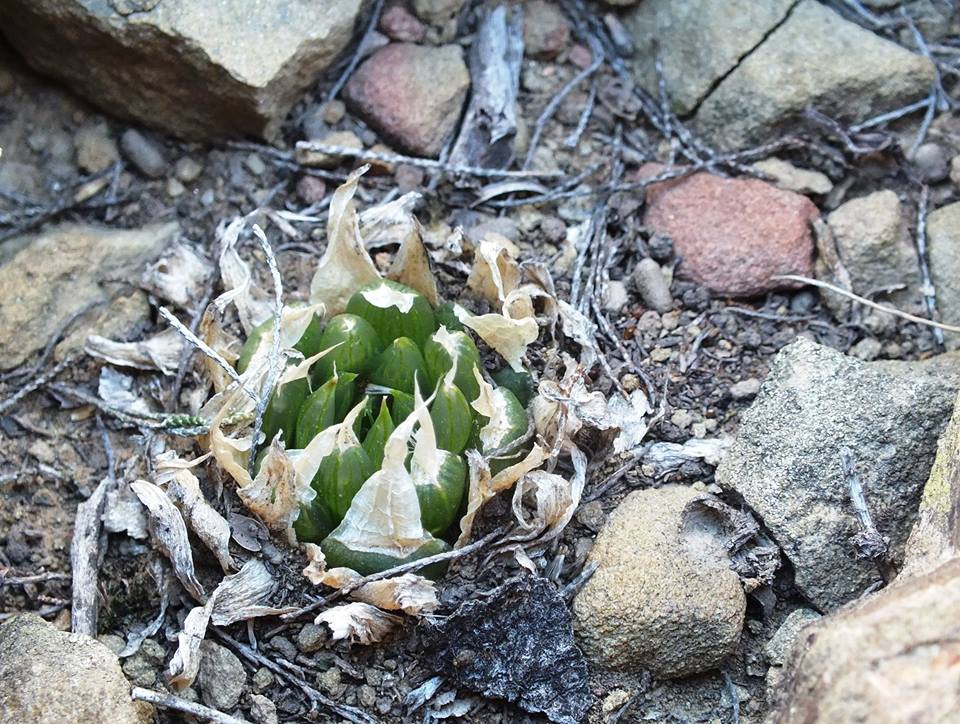
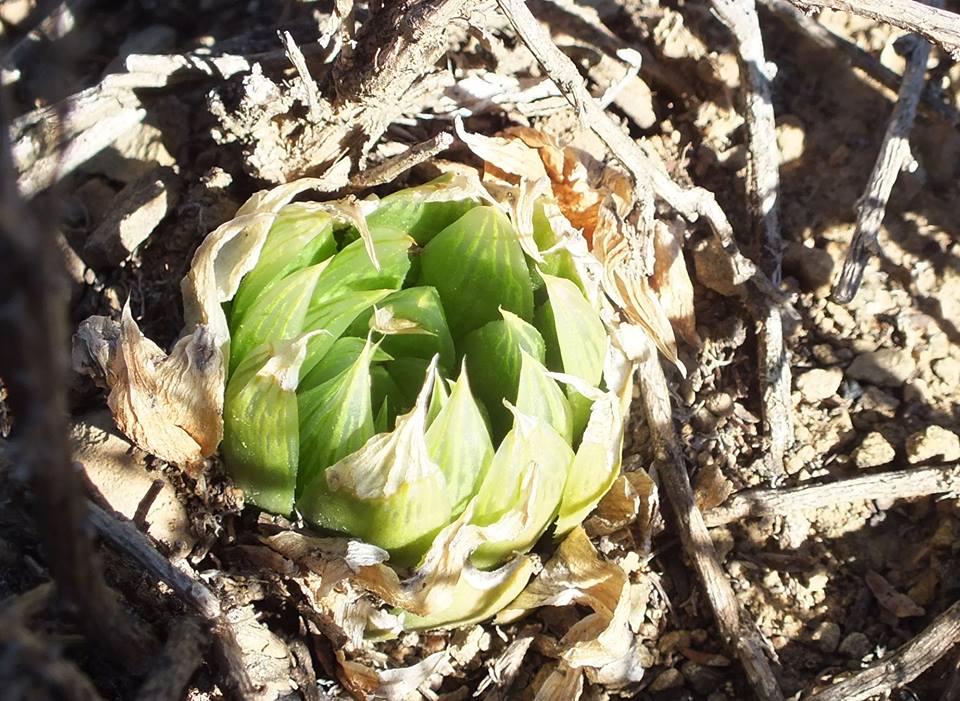


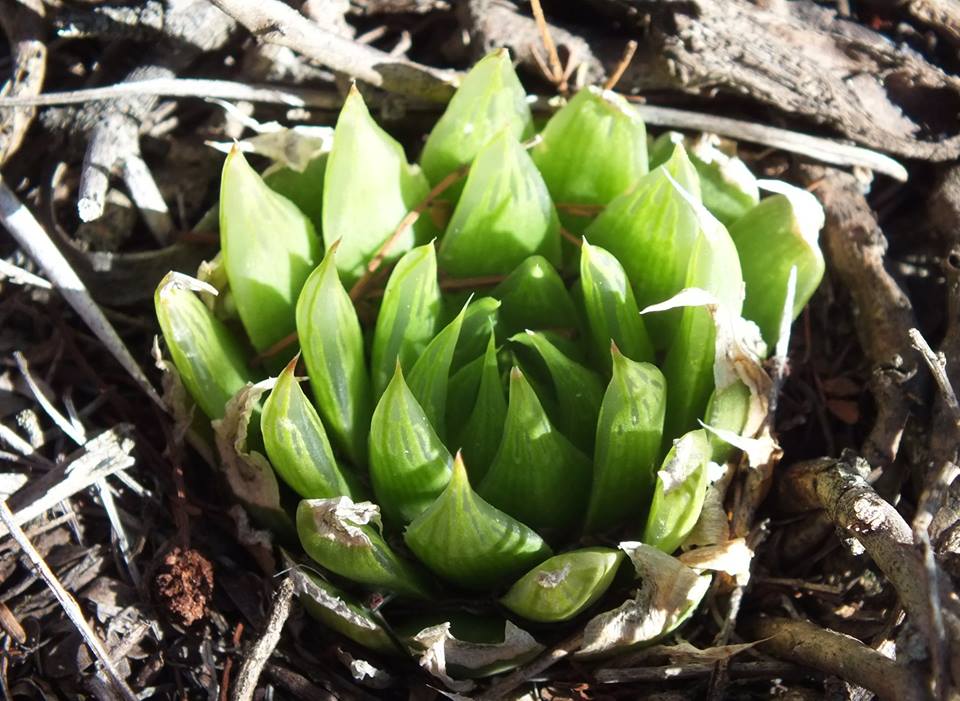

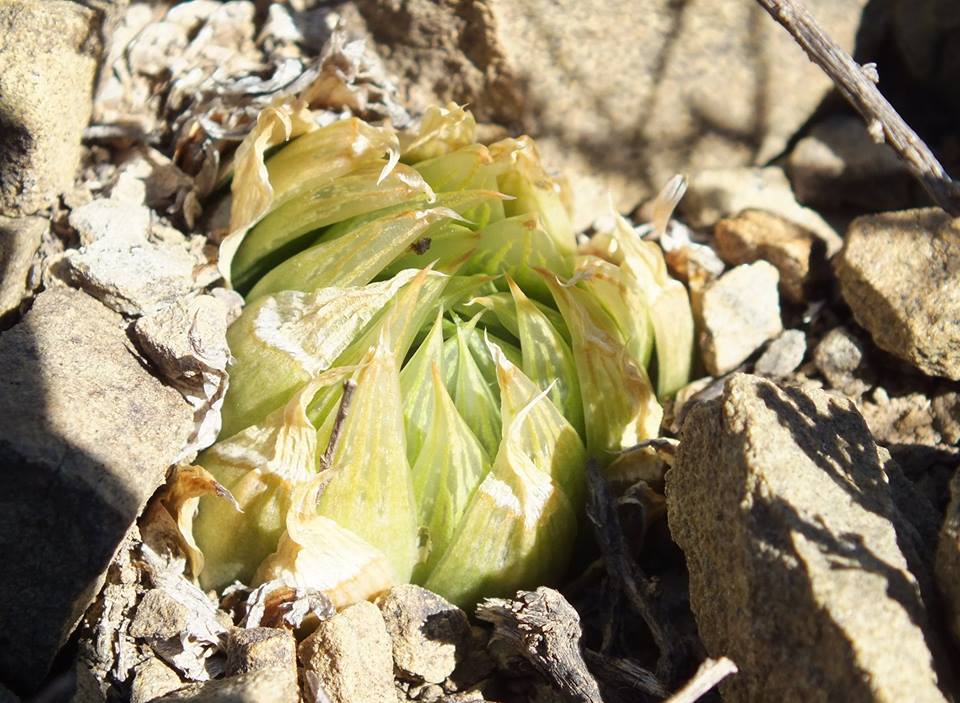

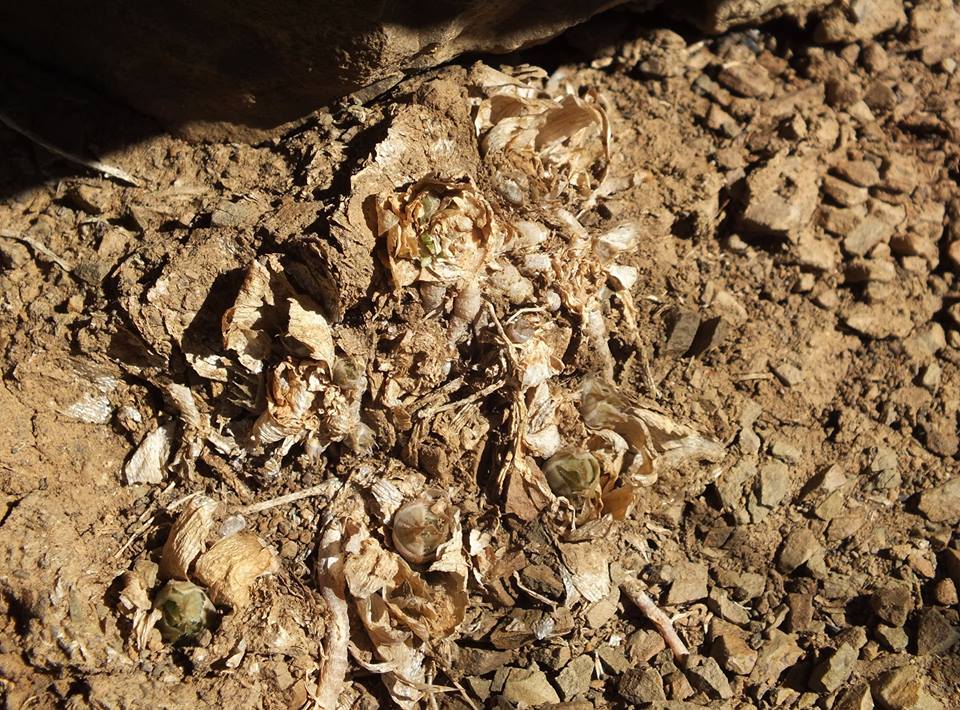
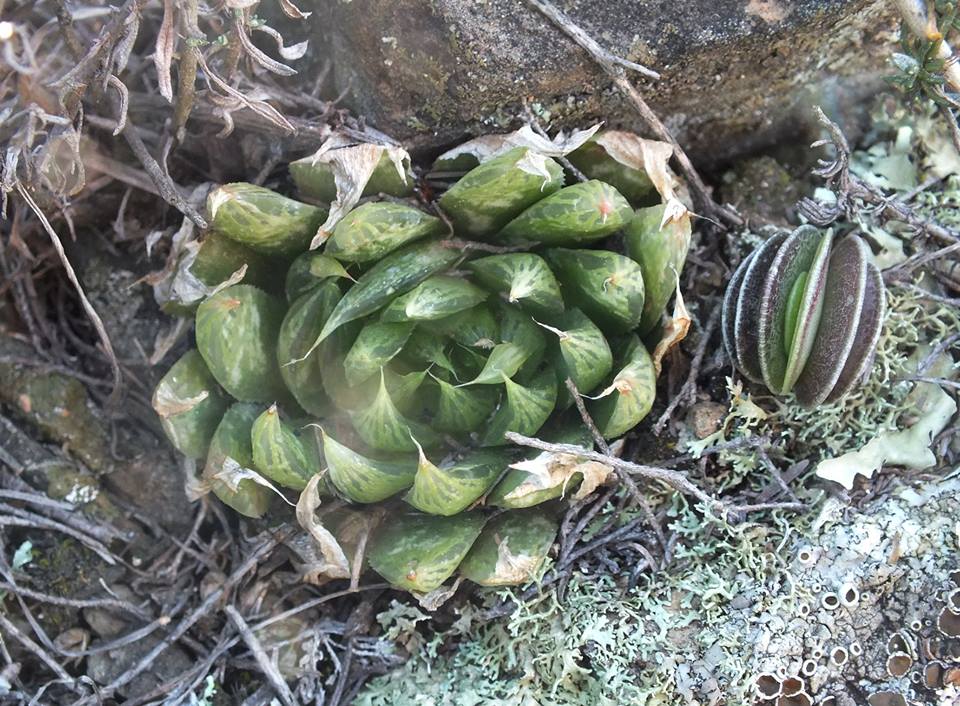

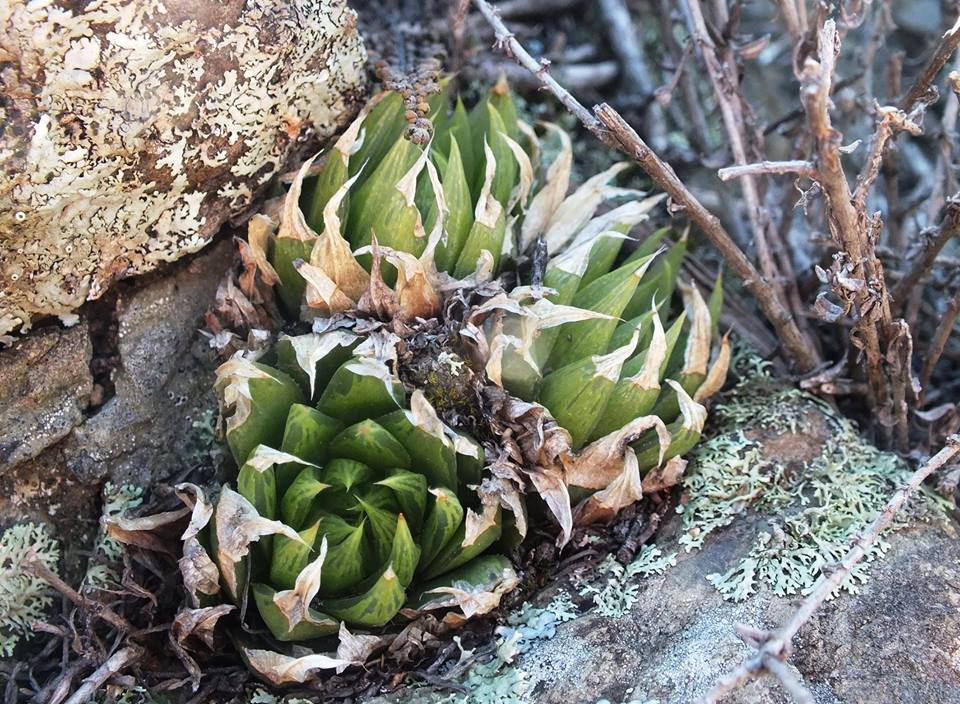
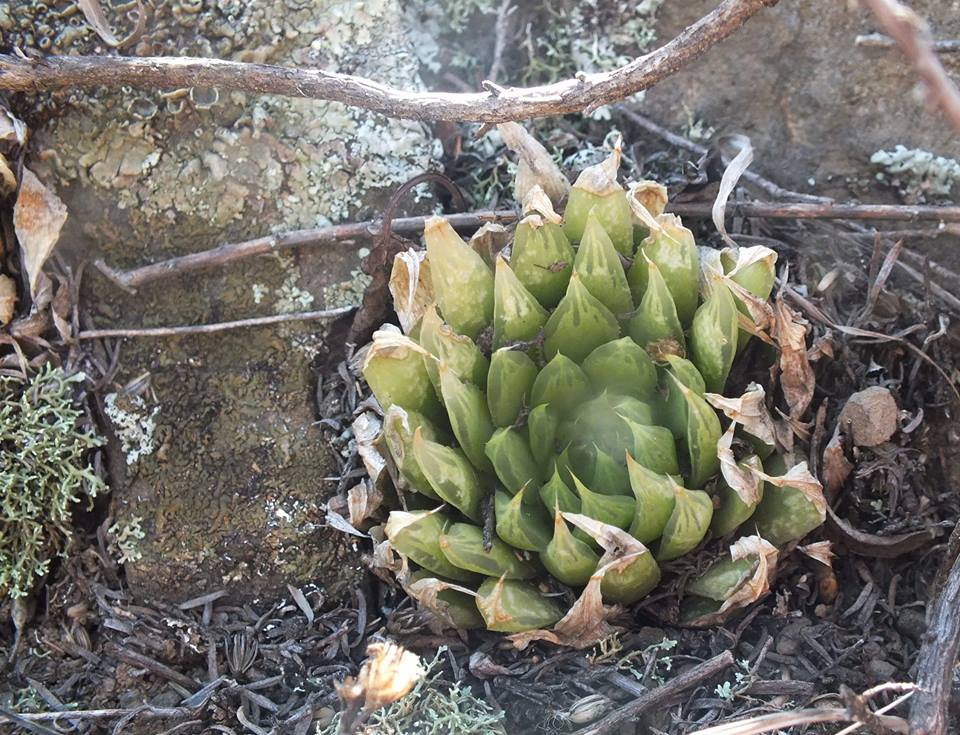
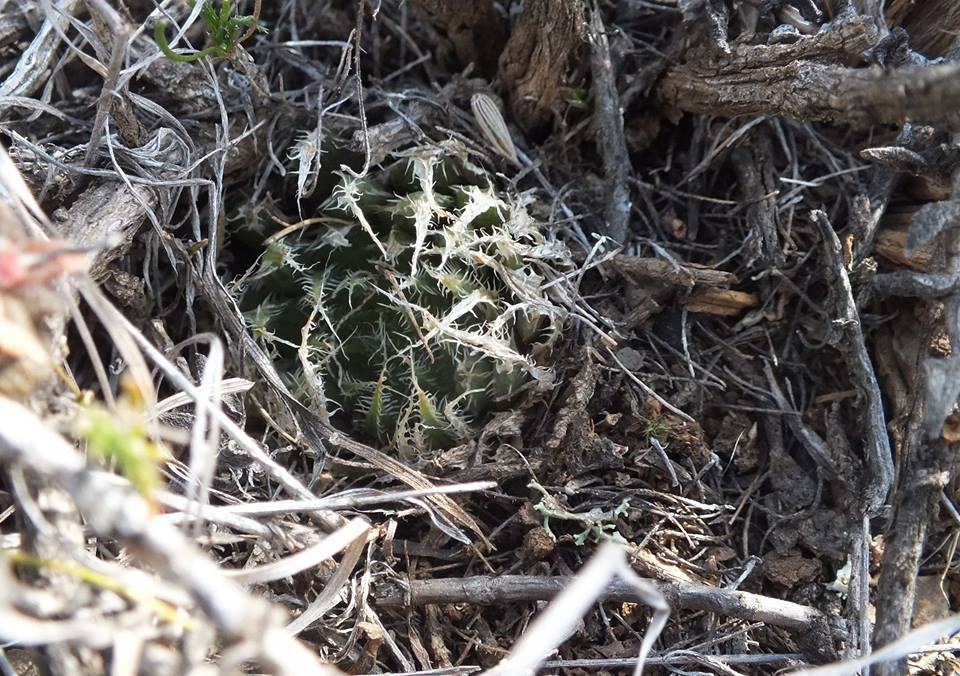
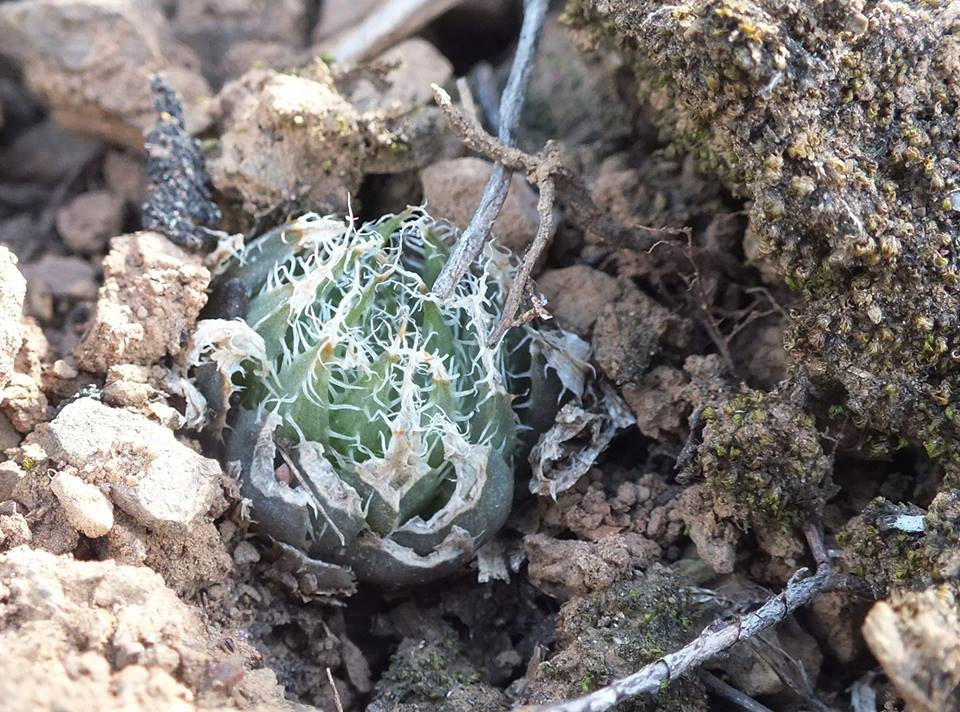
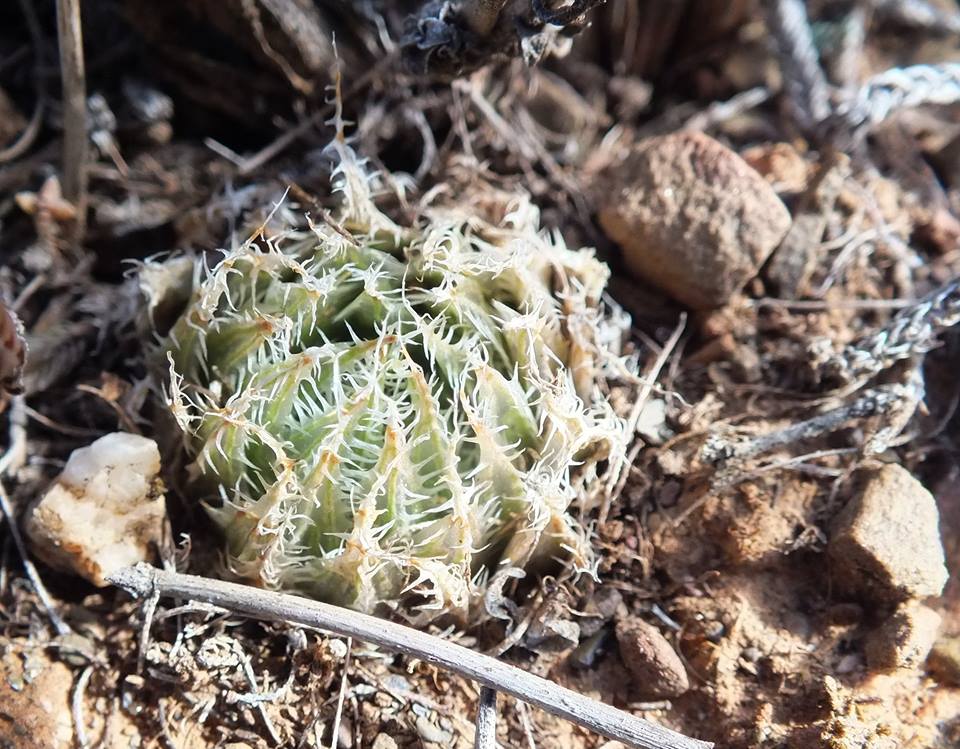
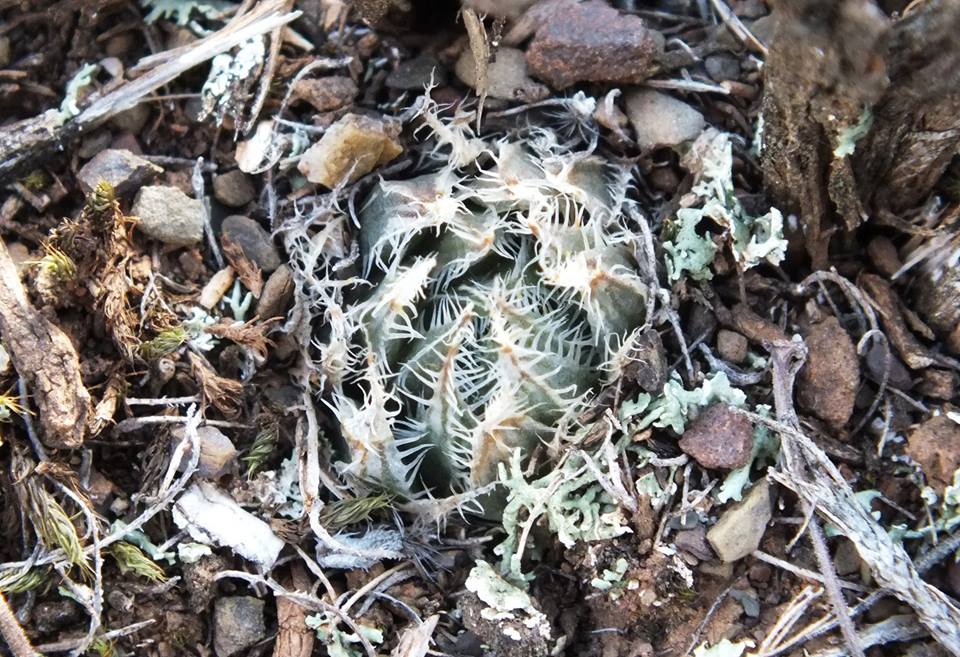
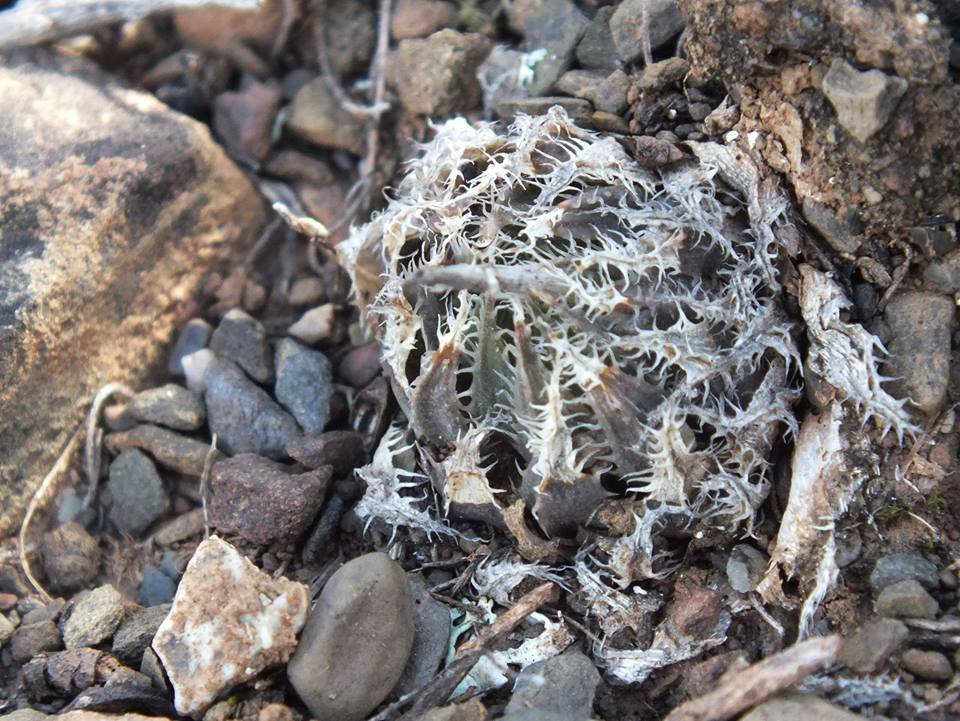
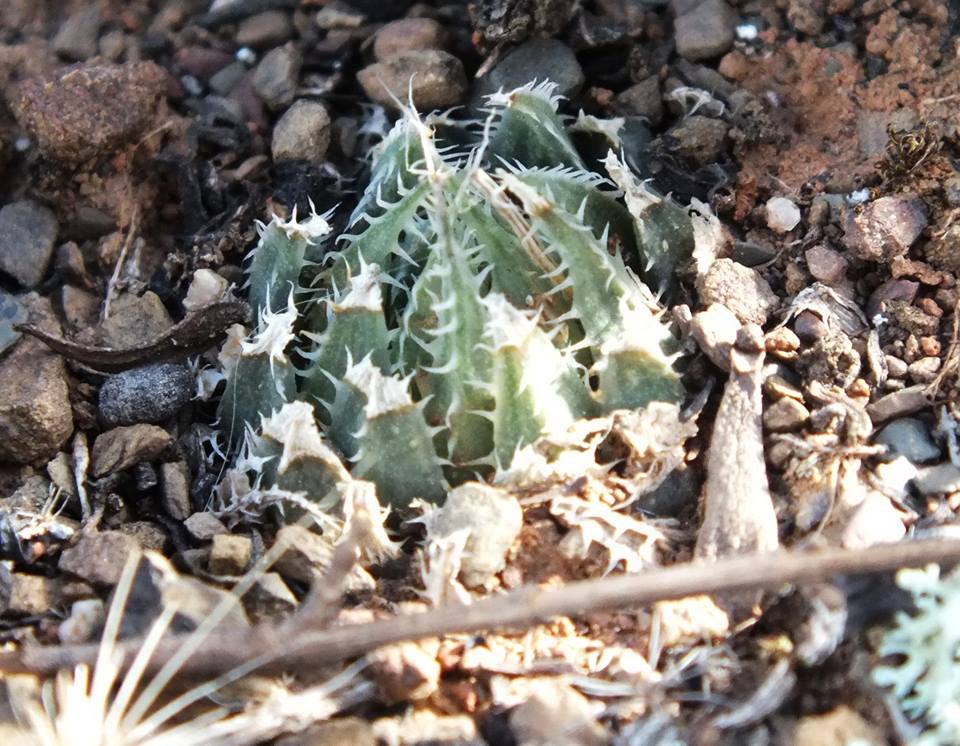

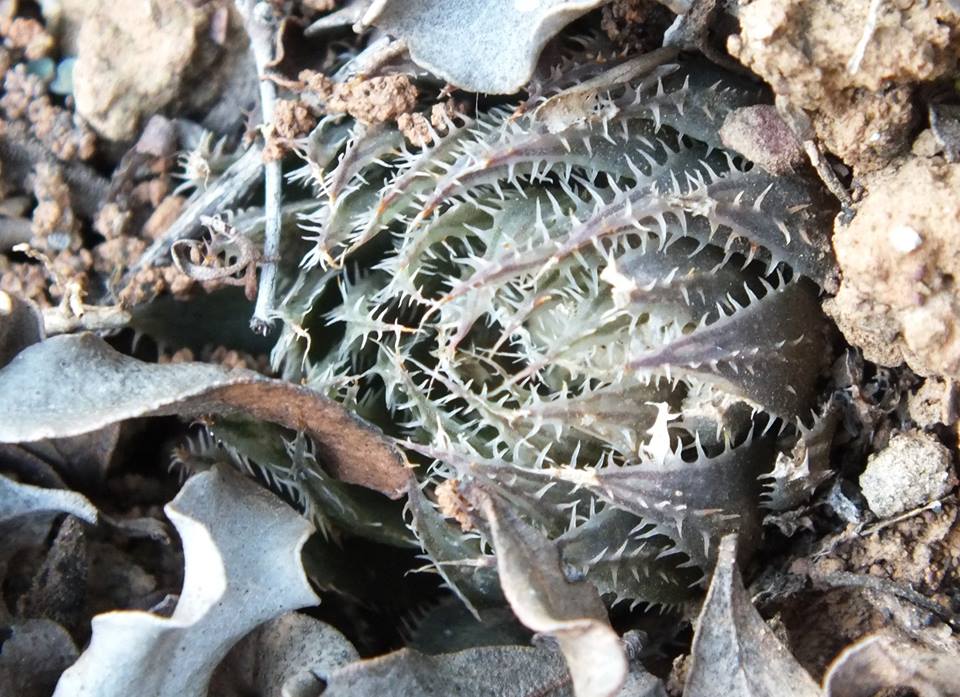
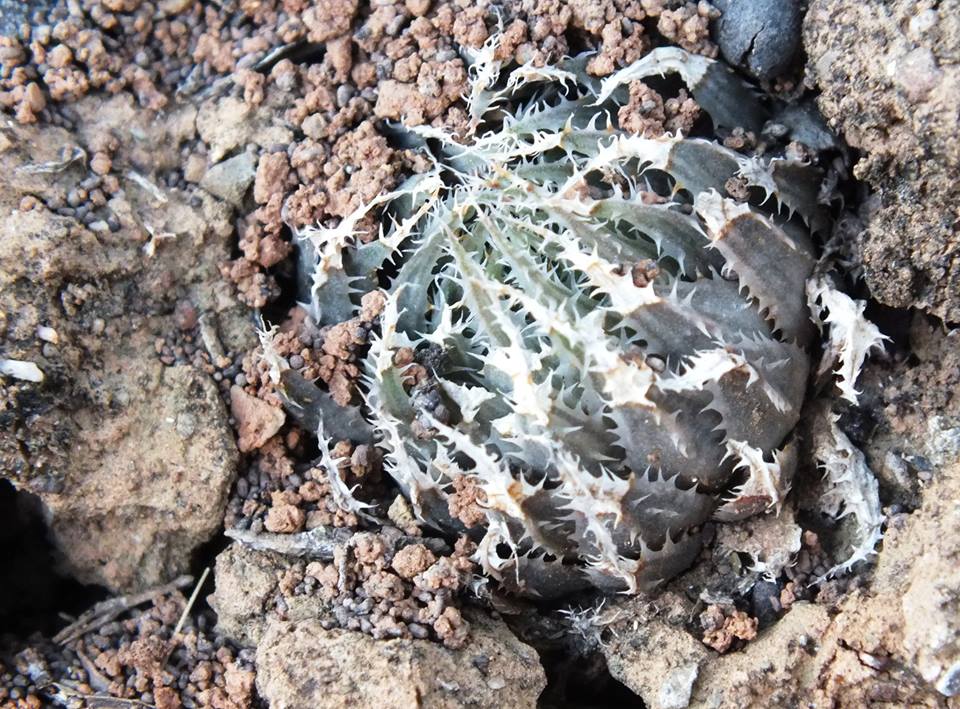
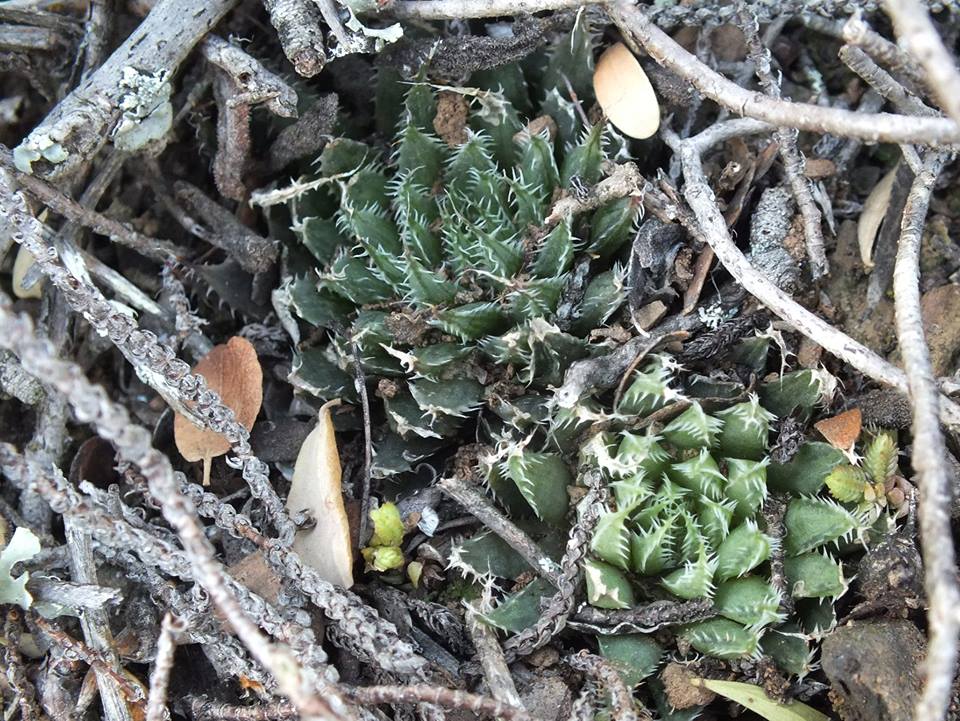
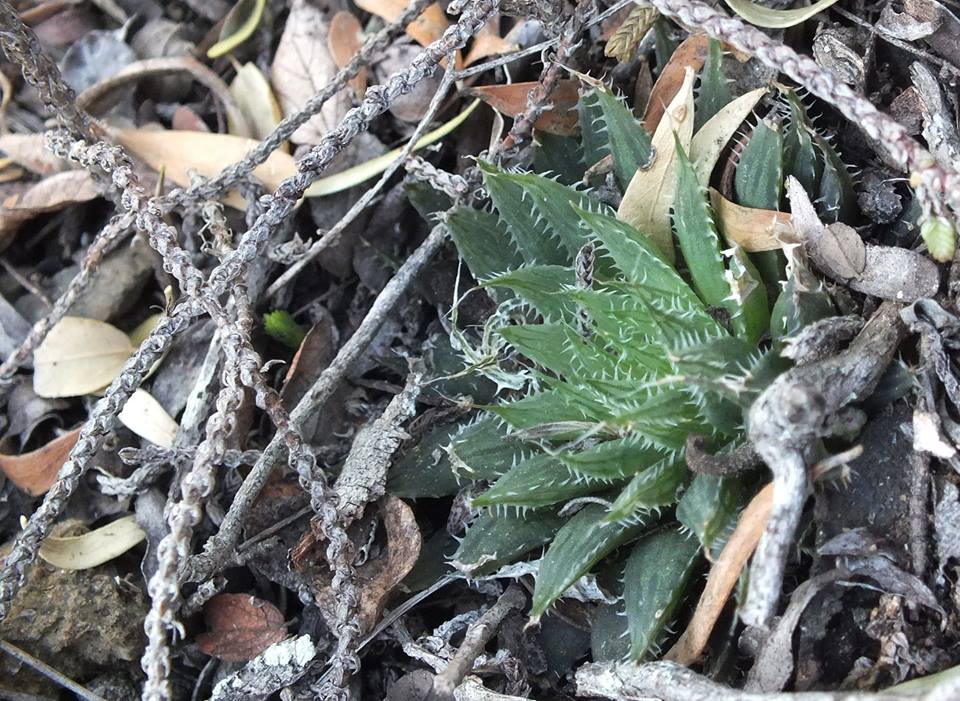
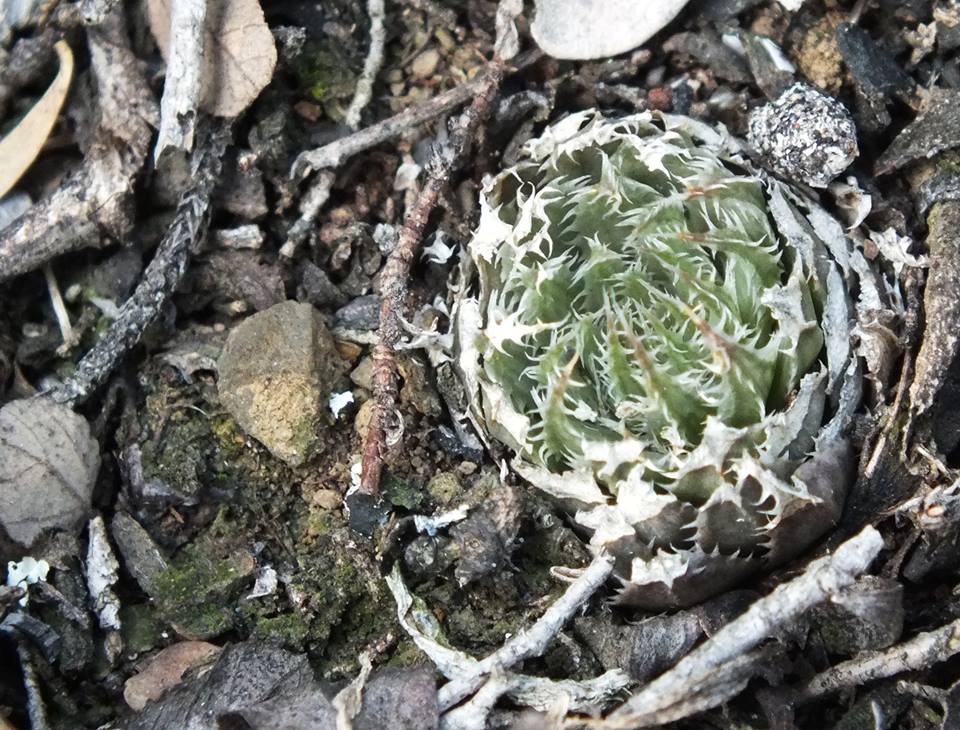
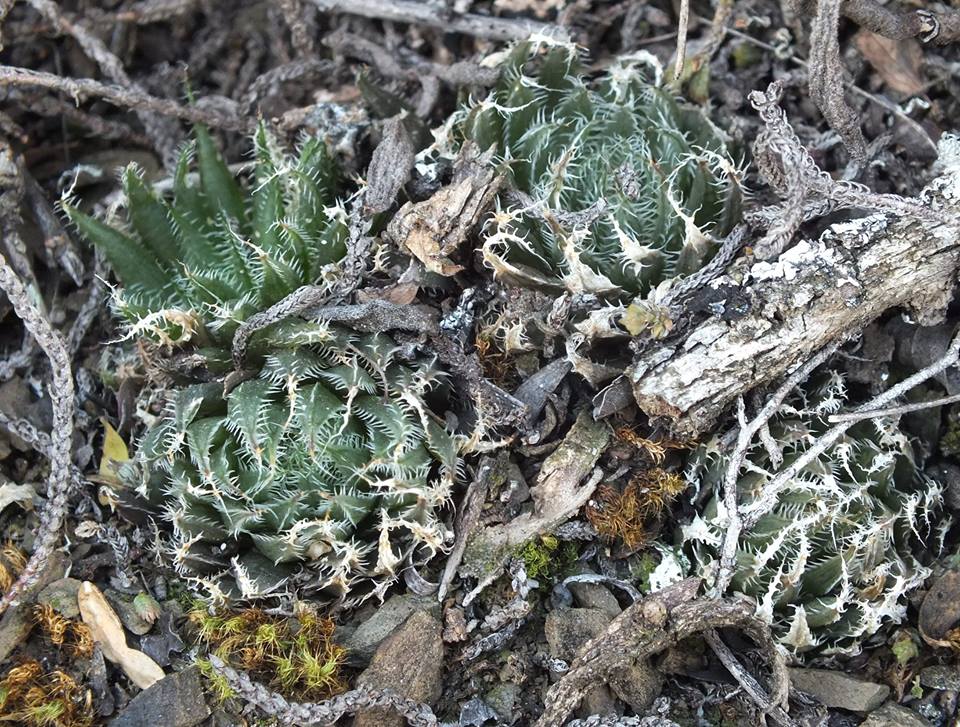
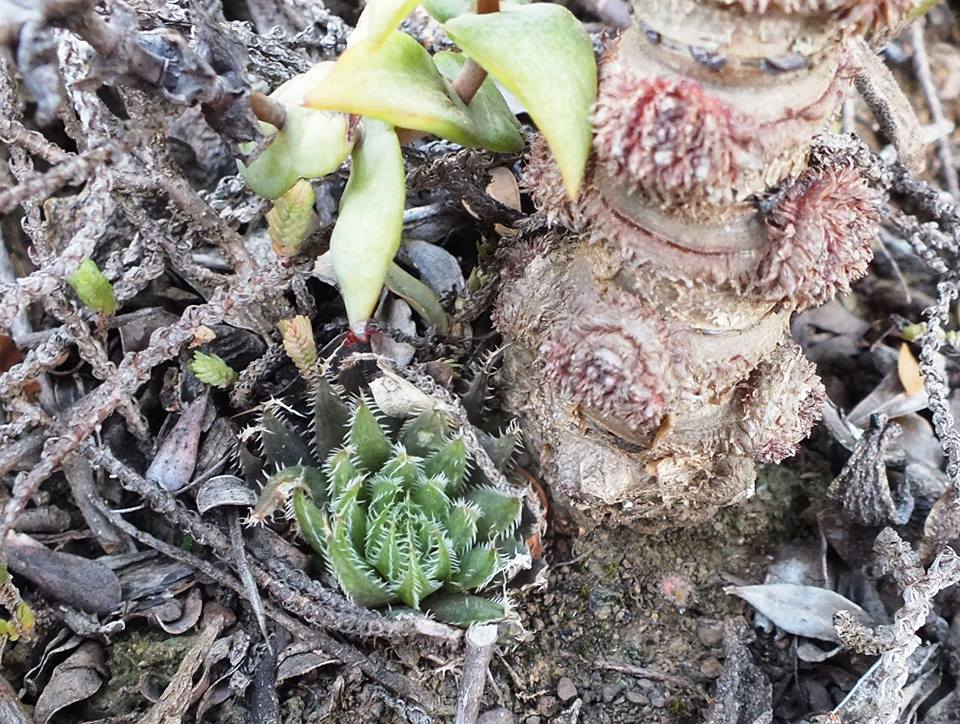
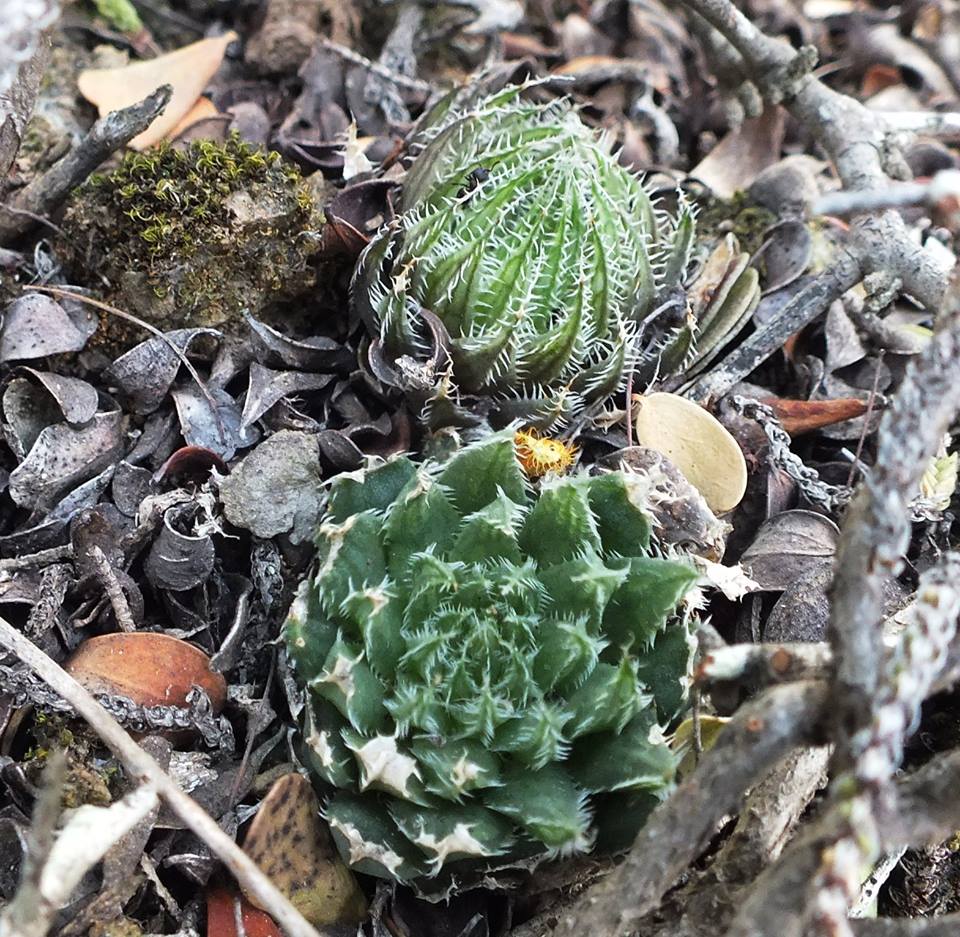
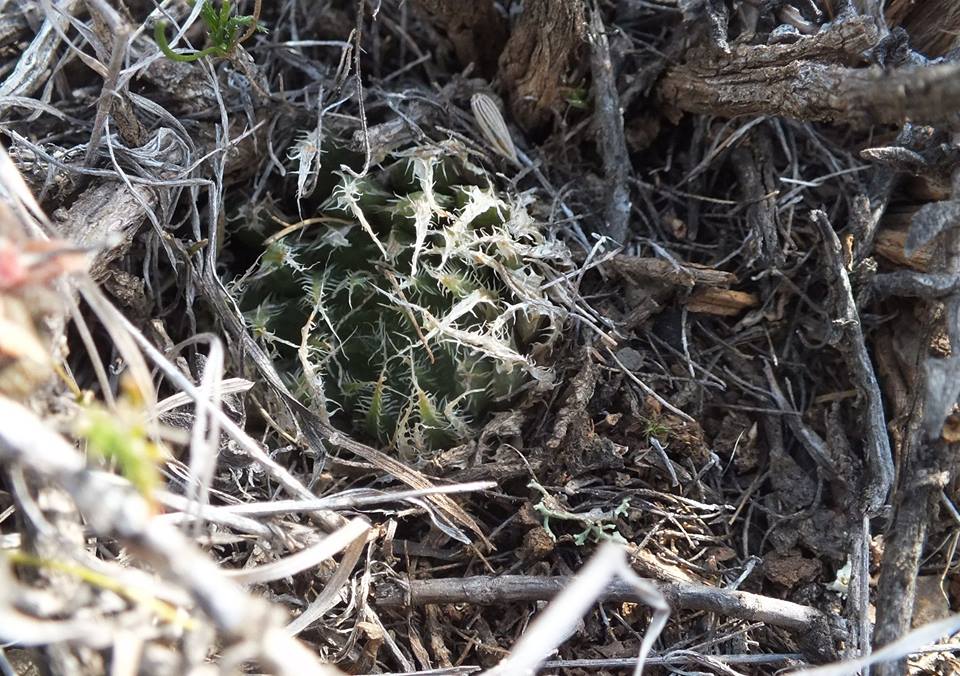
More of these green things. I would guess that these would class as the simple progenitors of cymbiformis and cooperi. Perhaps even of mucronata?

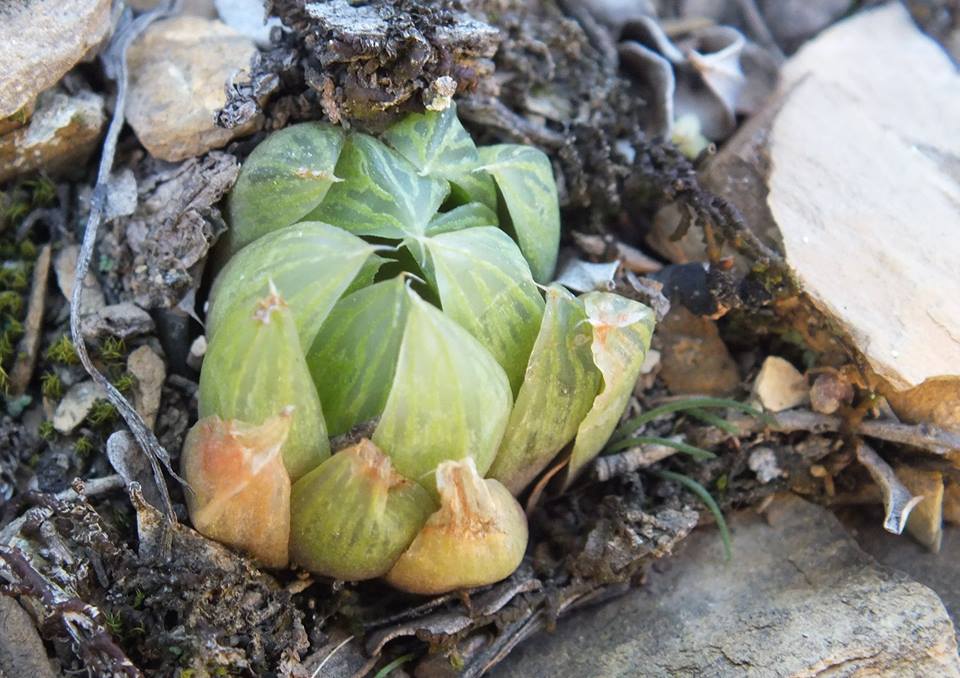
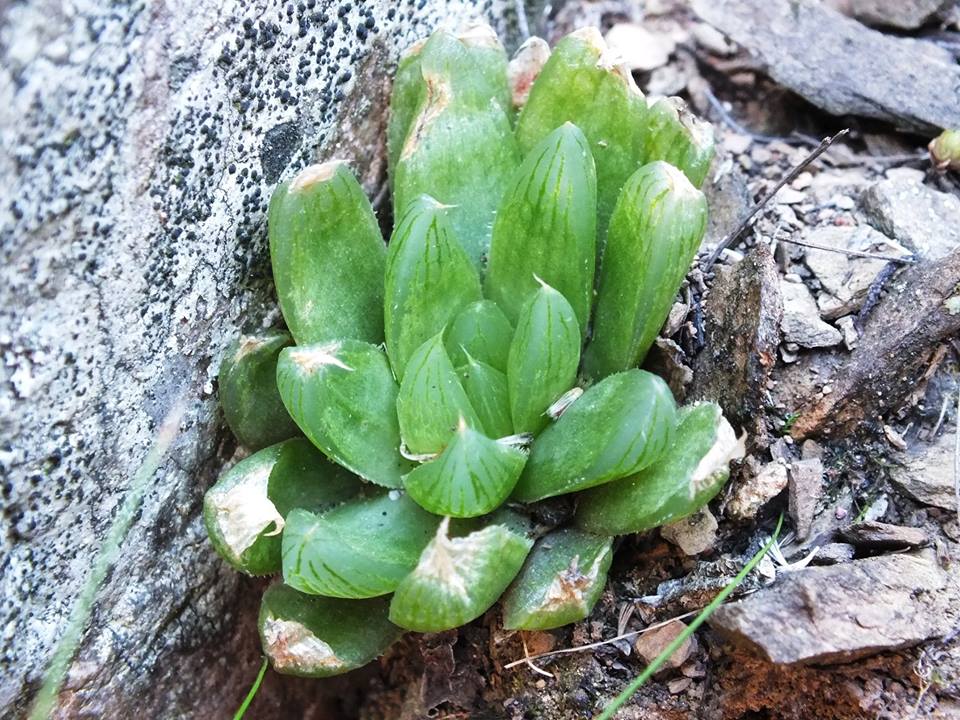
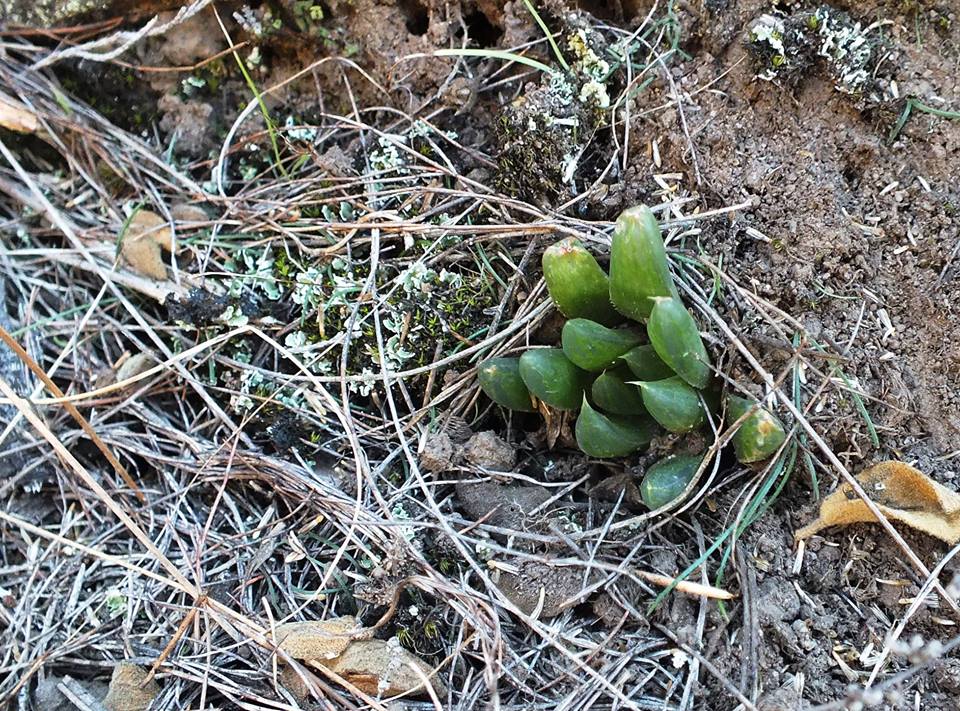
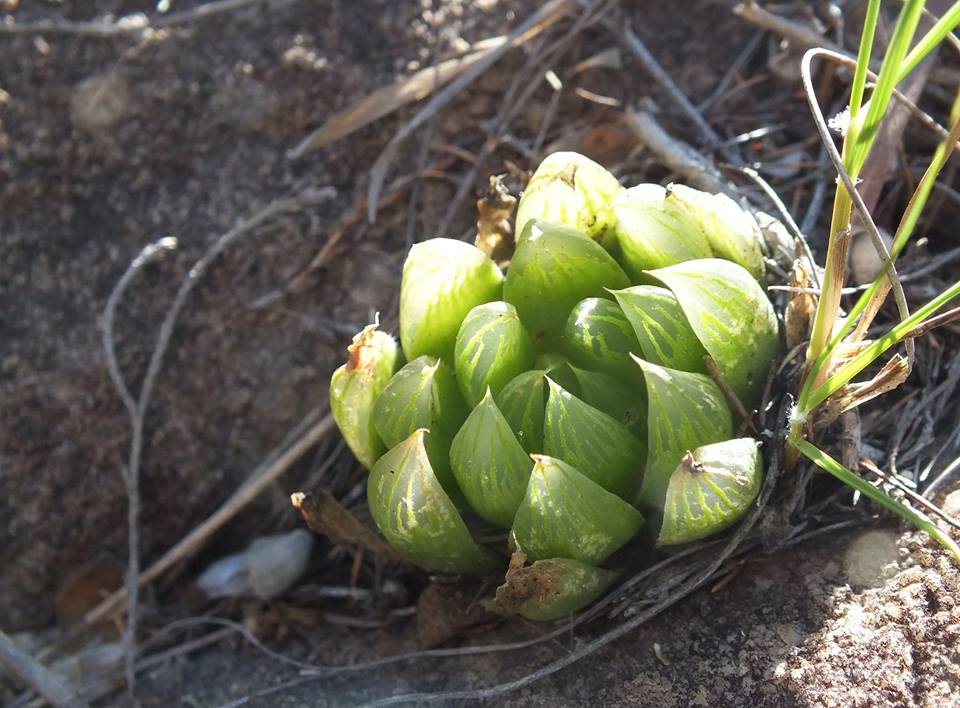
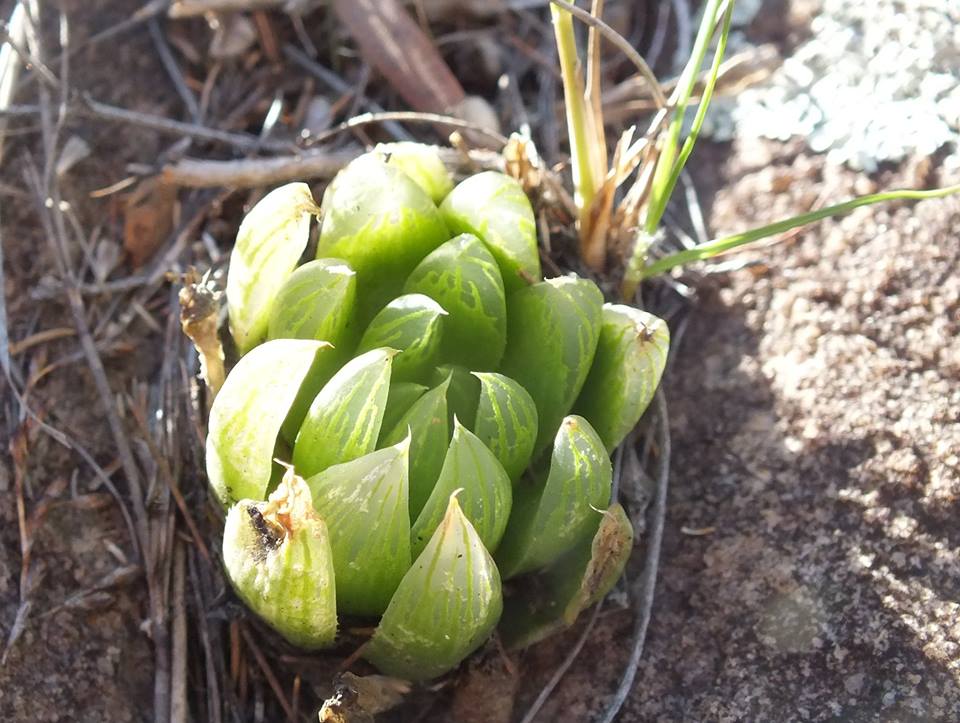
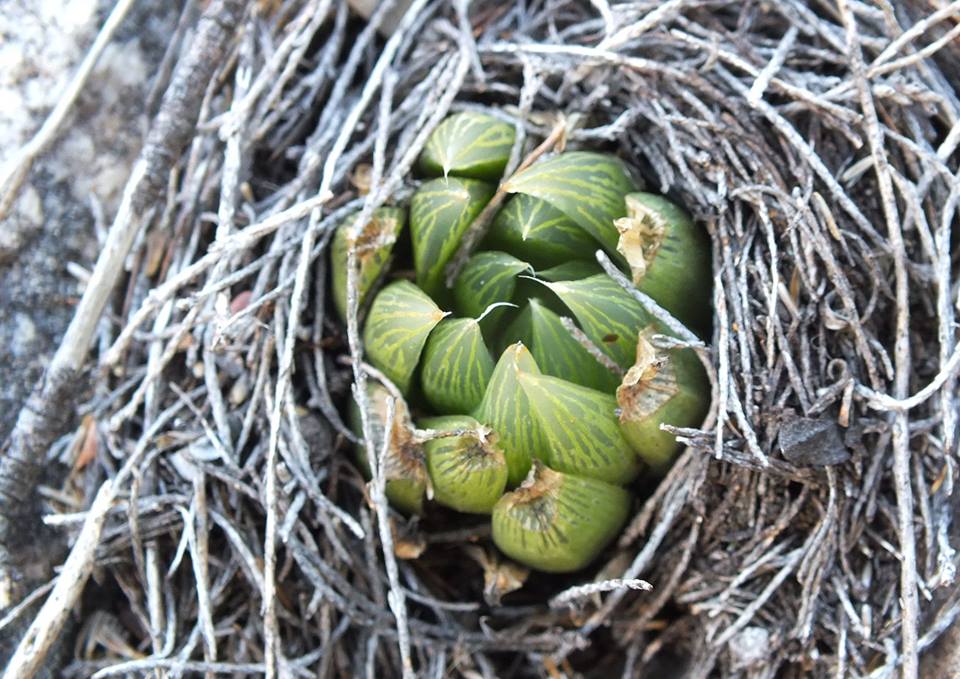
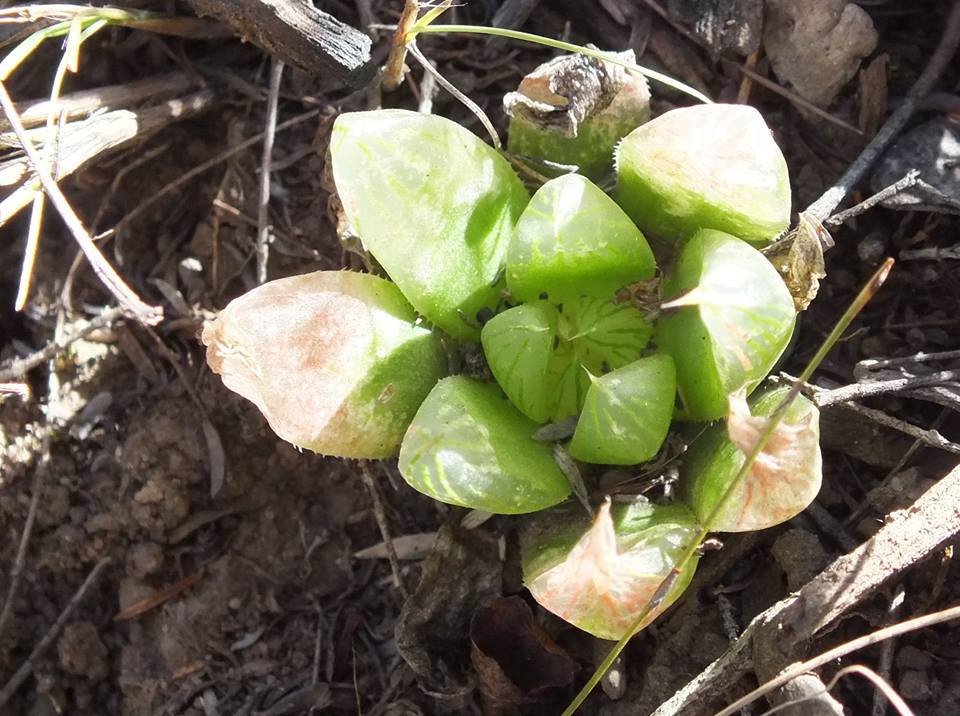


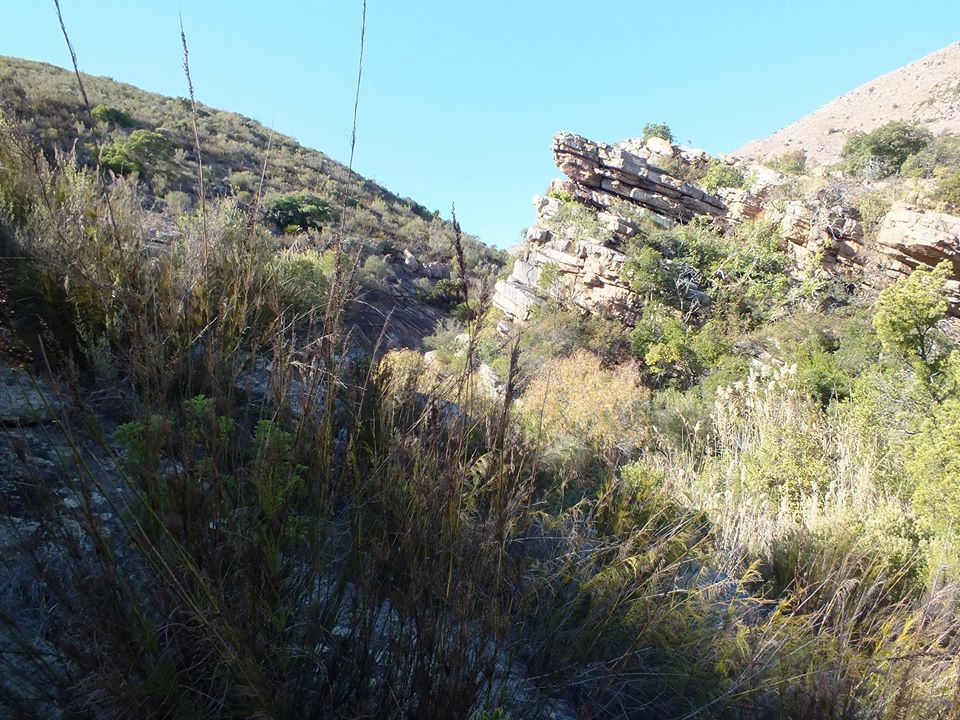
This is Haworthiopsis sordida that does not occur, as far as I know, north of this. H. nigra also occurs here at it’s most southern at this longitude. Altogether it is quite a complex network of distribution patterns that relate to greater plant geography.

From another population as variants on a theme. have seen about 30 such just on this small mountain area and it just suggests what is still unseen on the length and breadth.
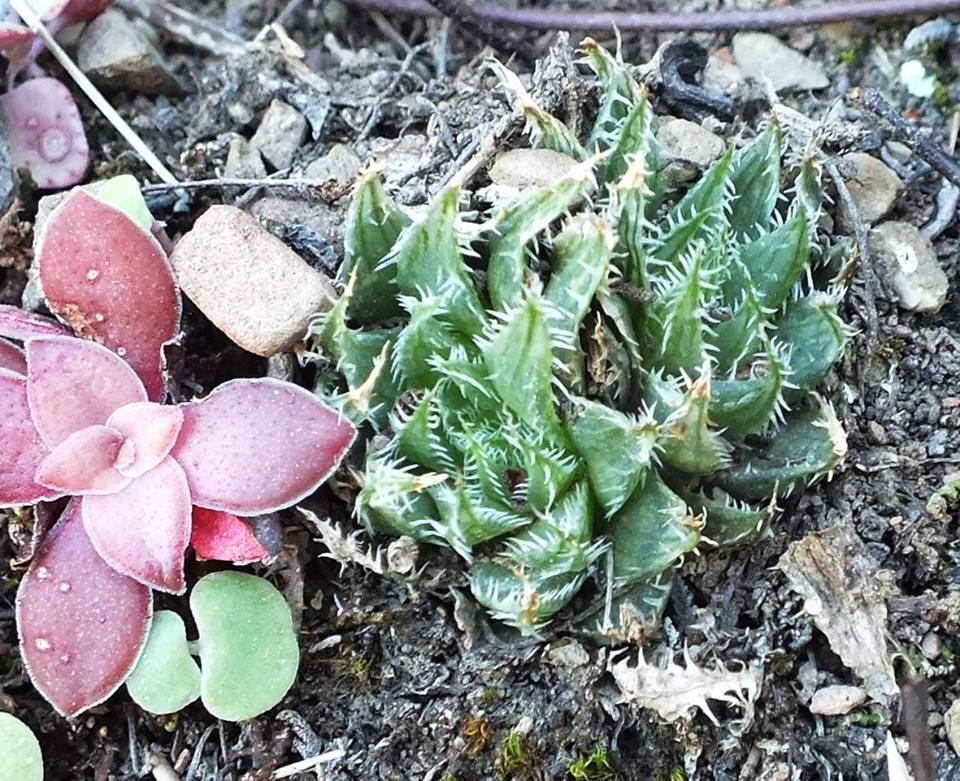


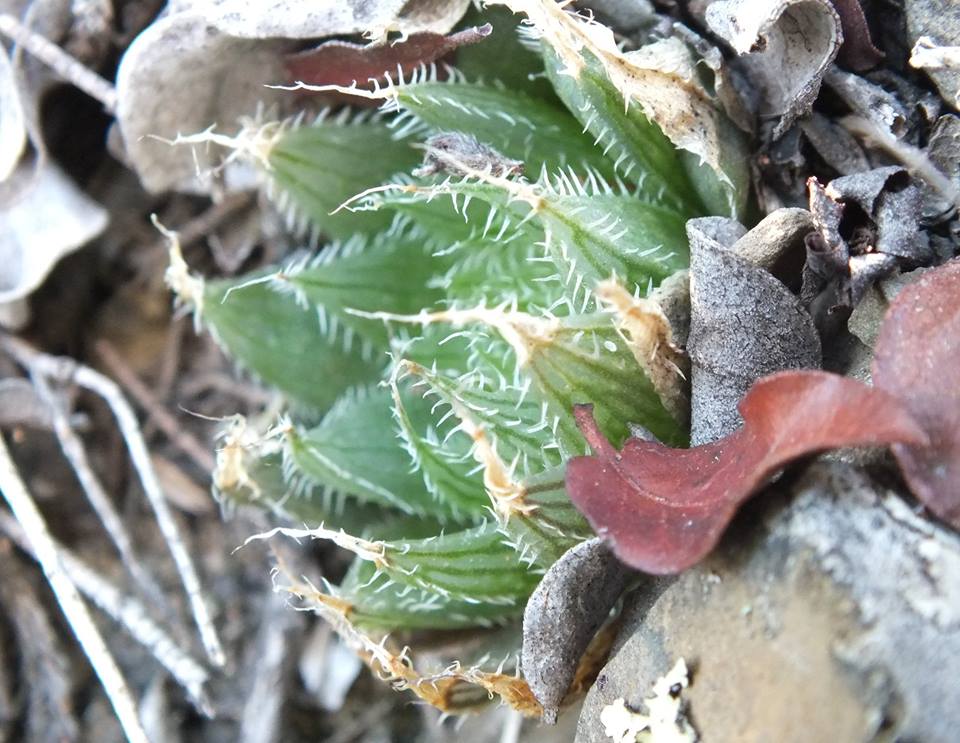
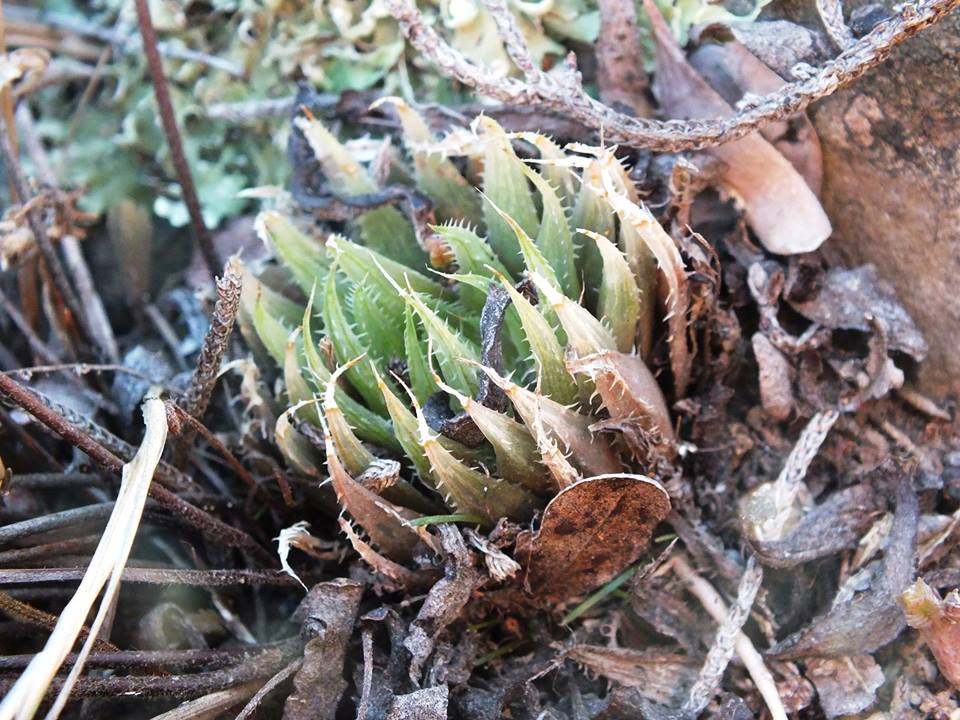
Not a great diagram but a way to appreciate the drammatic choreography of plant distribution and how it impacts on classification. Without it Haworthia names make no sense other than as imagined and fantasized. Cooperi and cymbiformis occur as intertwined species to the east and south. In the south they extend westwards to get lost in H. mucronata. Cymbiformis as an independent species does not enter Kaboega except as an observable variant of H. cooperi. The cooperi gets lost westwards as variants of H. decipiens. Perhaps close northwards as H. aristata. H. glauca does cross the Zuurberg but is here confused with H. coarctata that may occur in recognosable form on the eastern tip. Angustifolia is on the eastern end too but does not enter Kaboega. Neither do H. monticola or H. zantneriana from the west. This is also closely tied to the intrigue of winter vs summer rainfall and still further to the massive geological changes of the very recent.
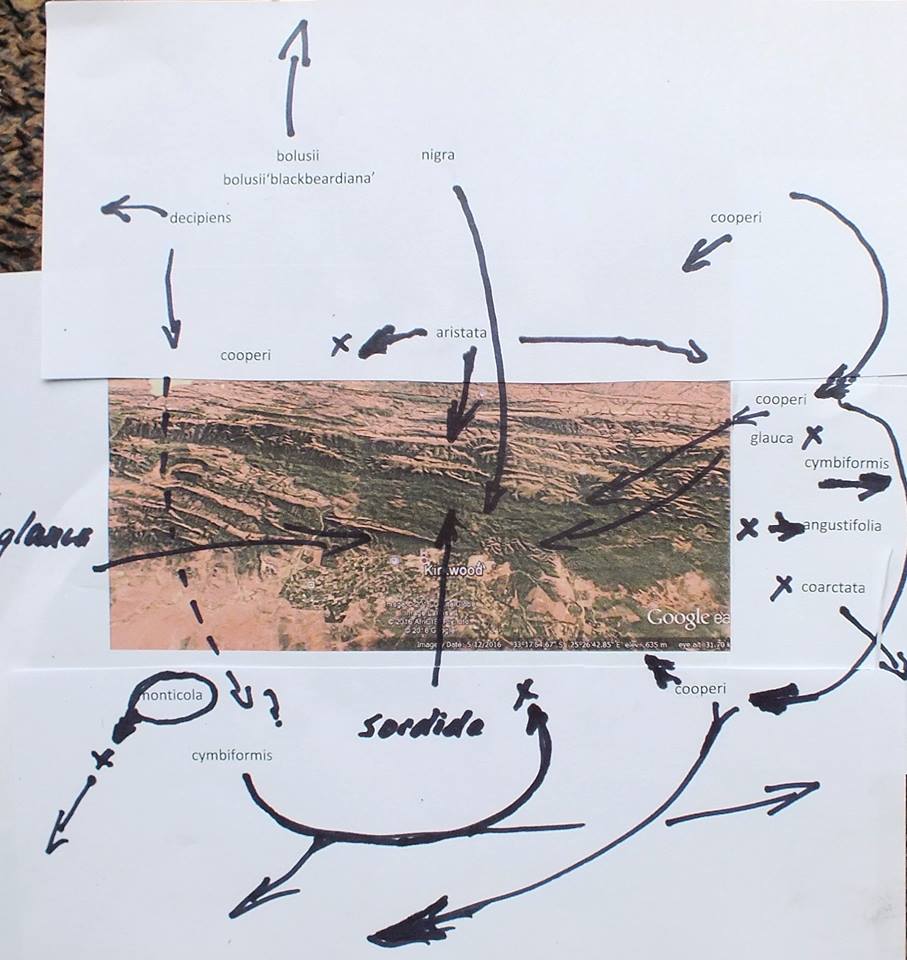
♦

